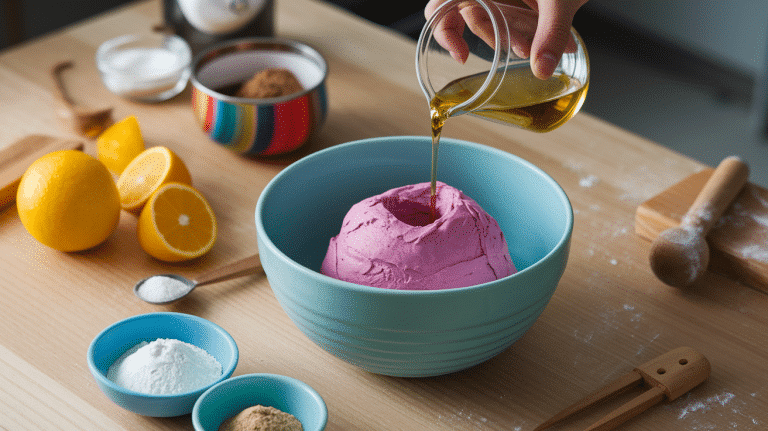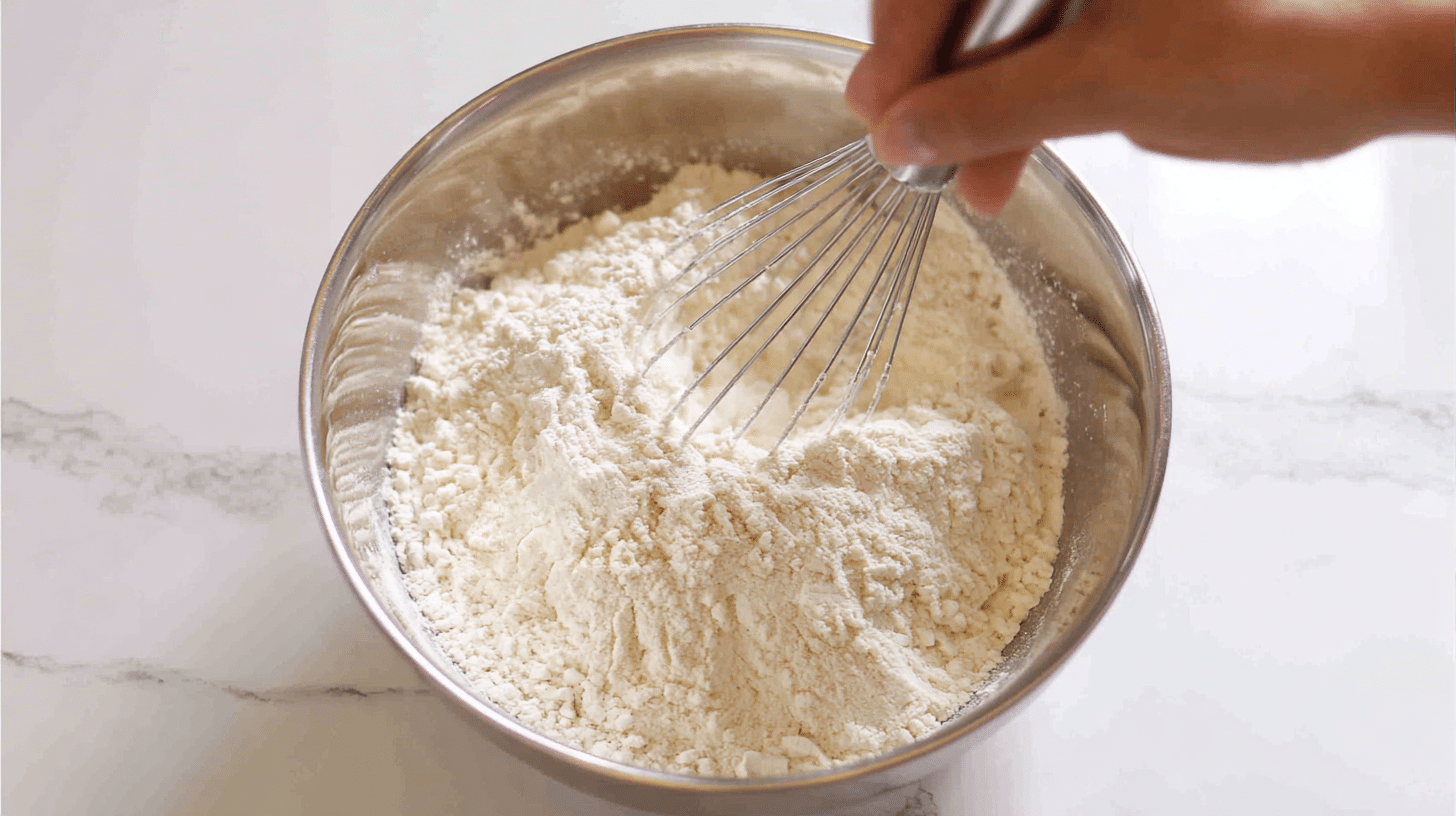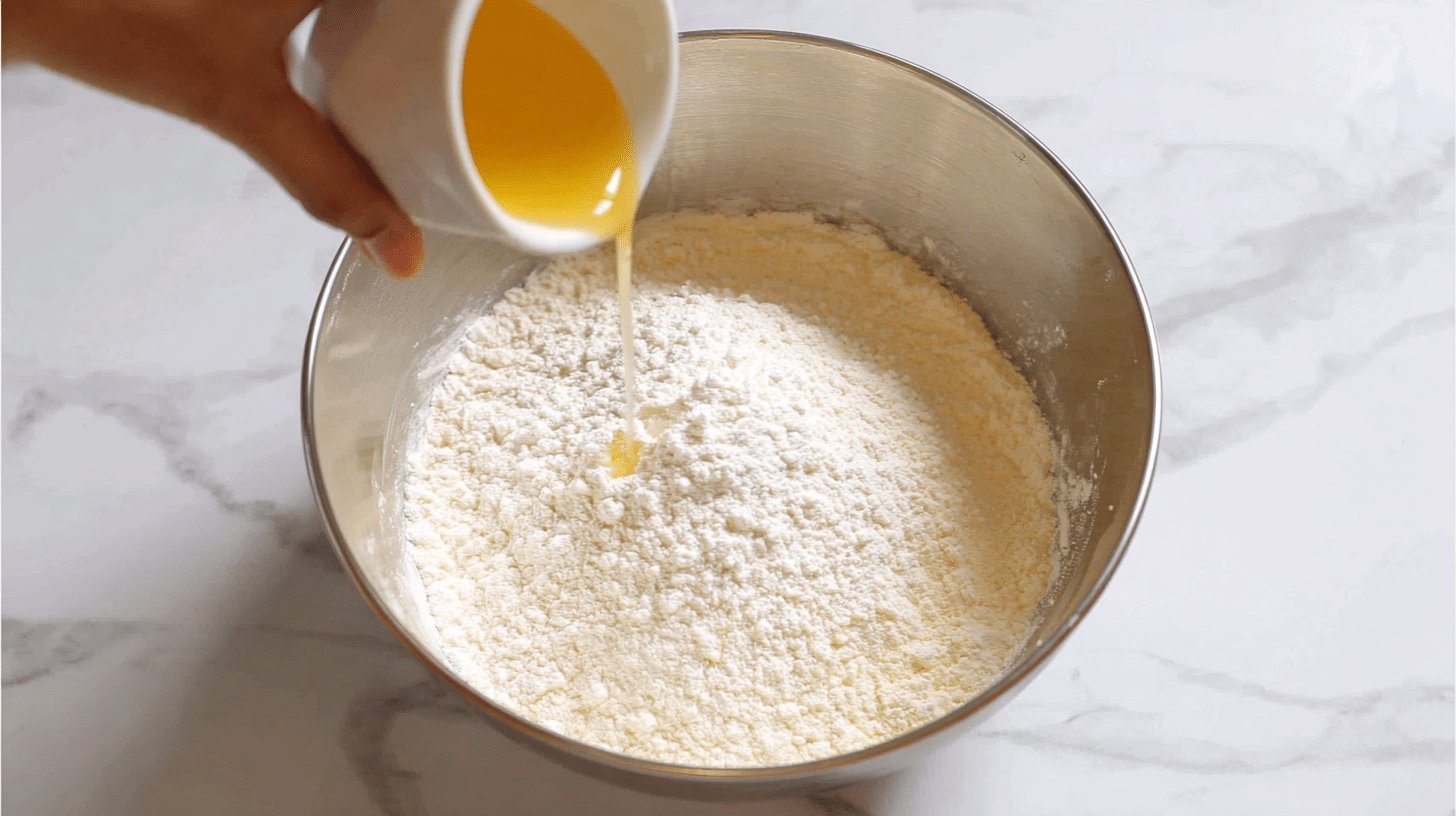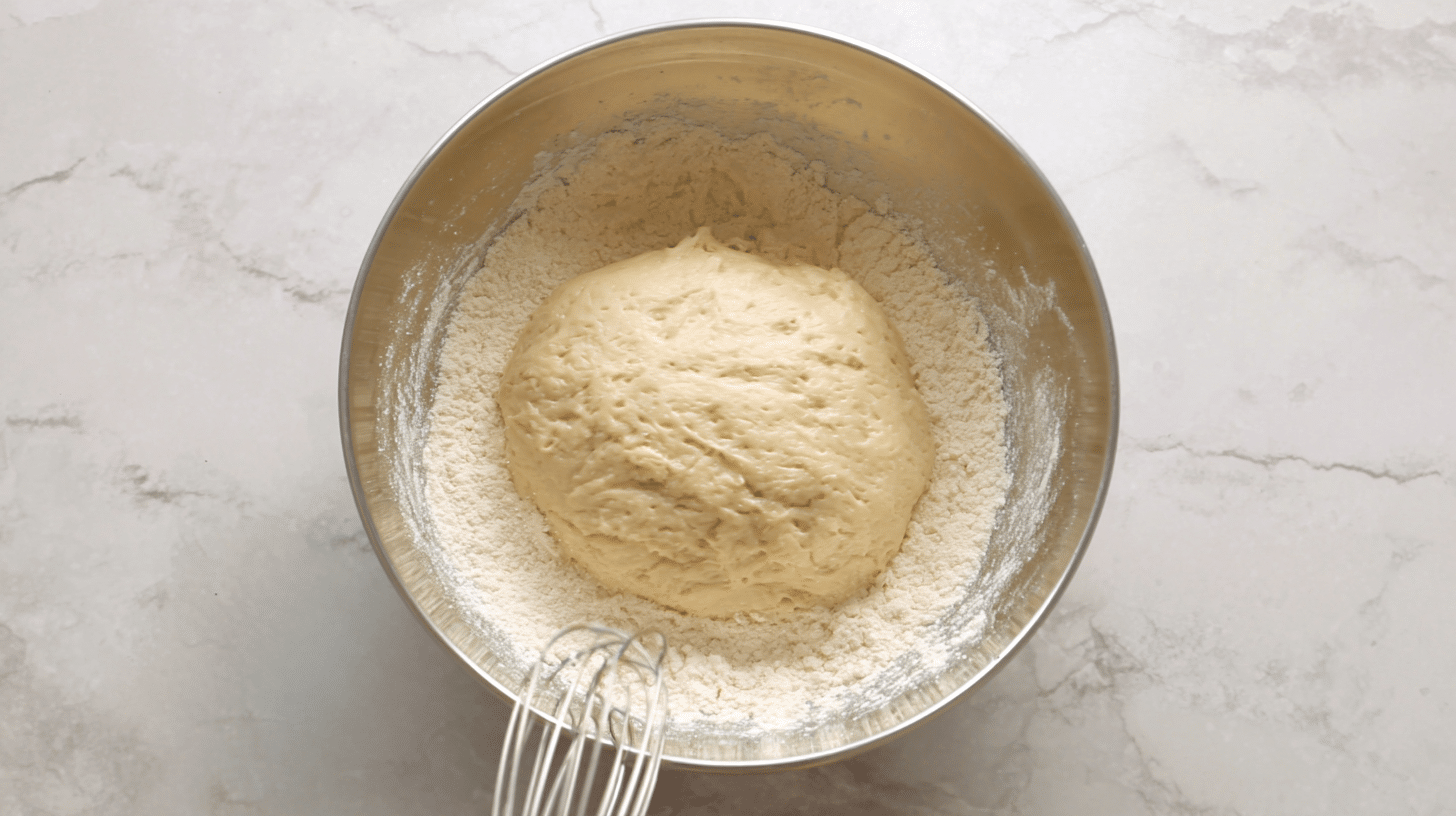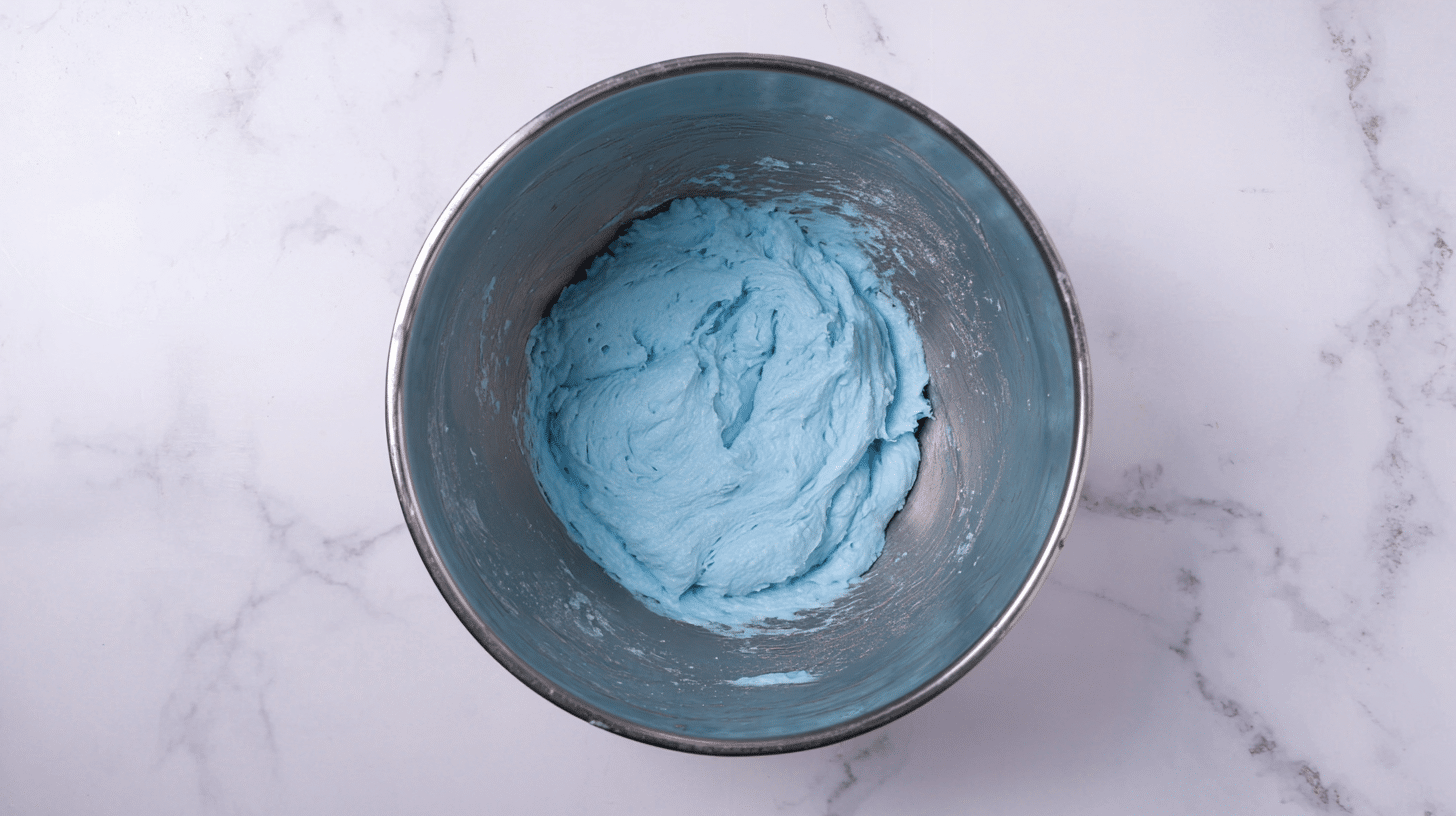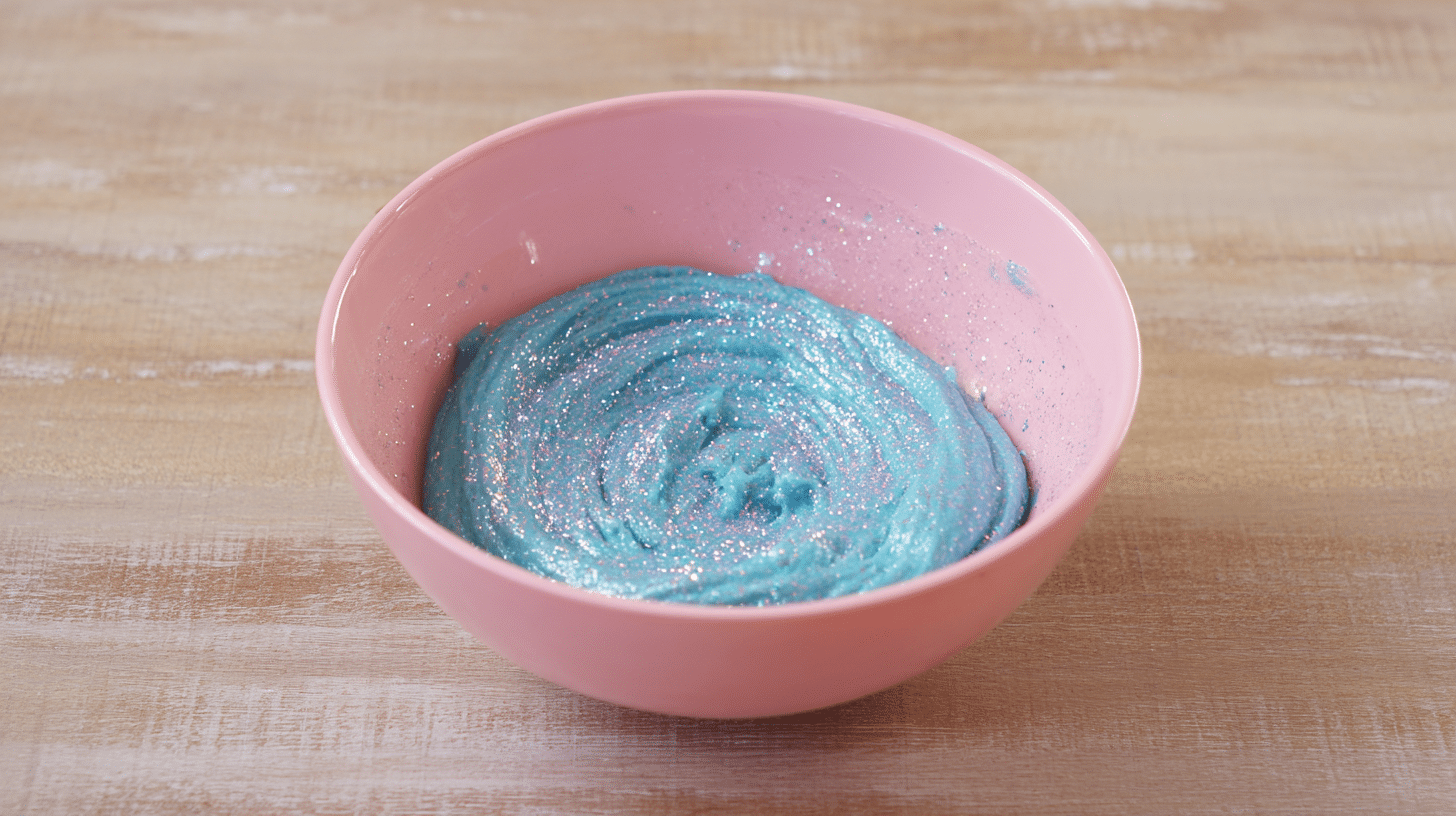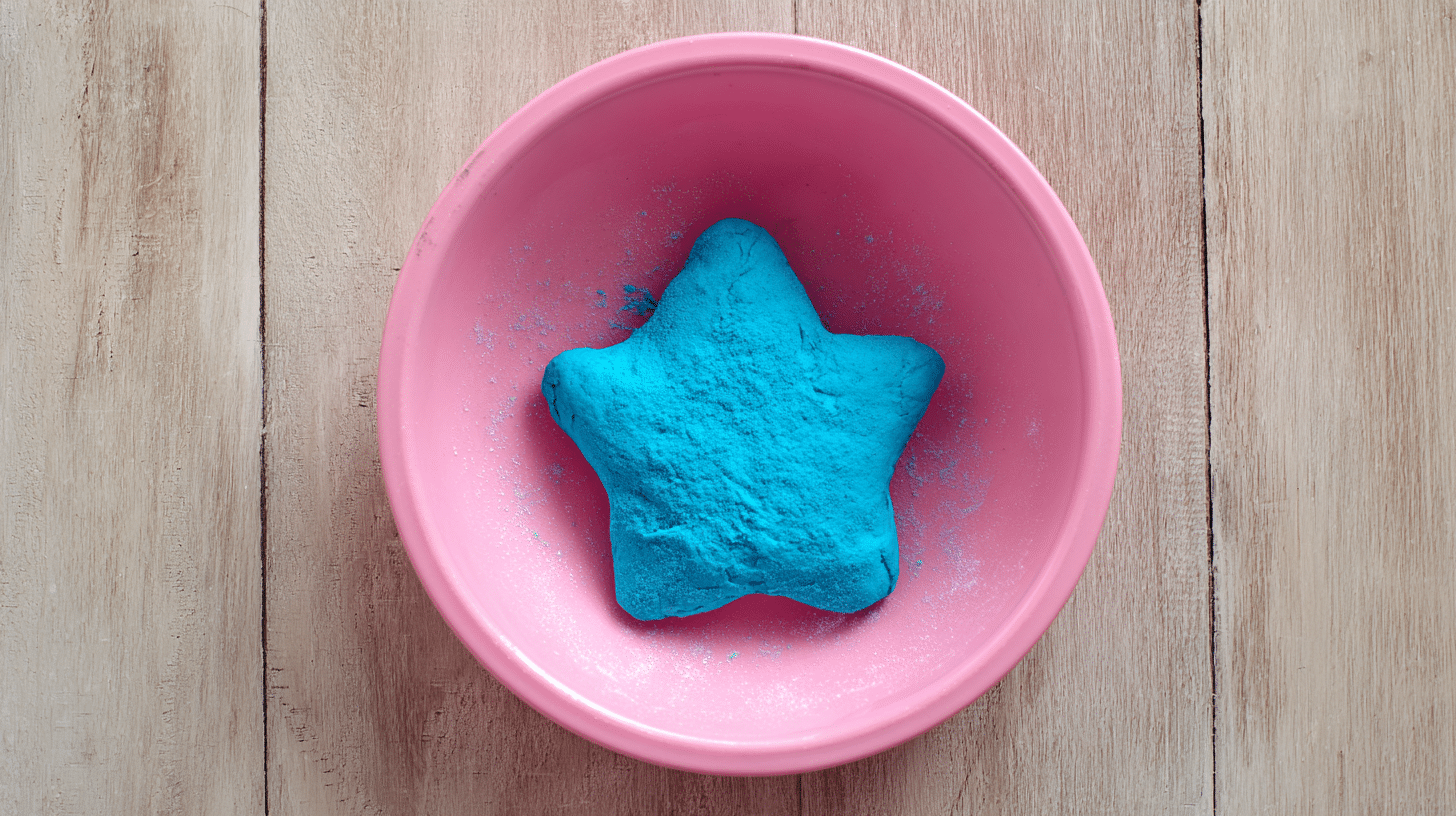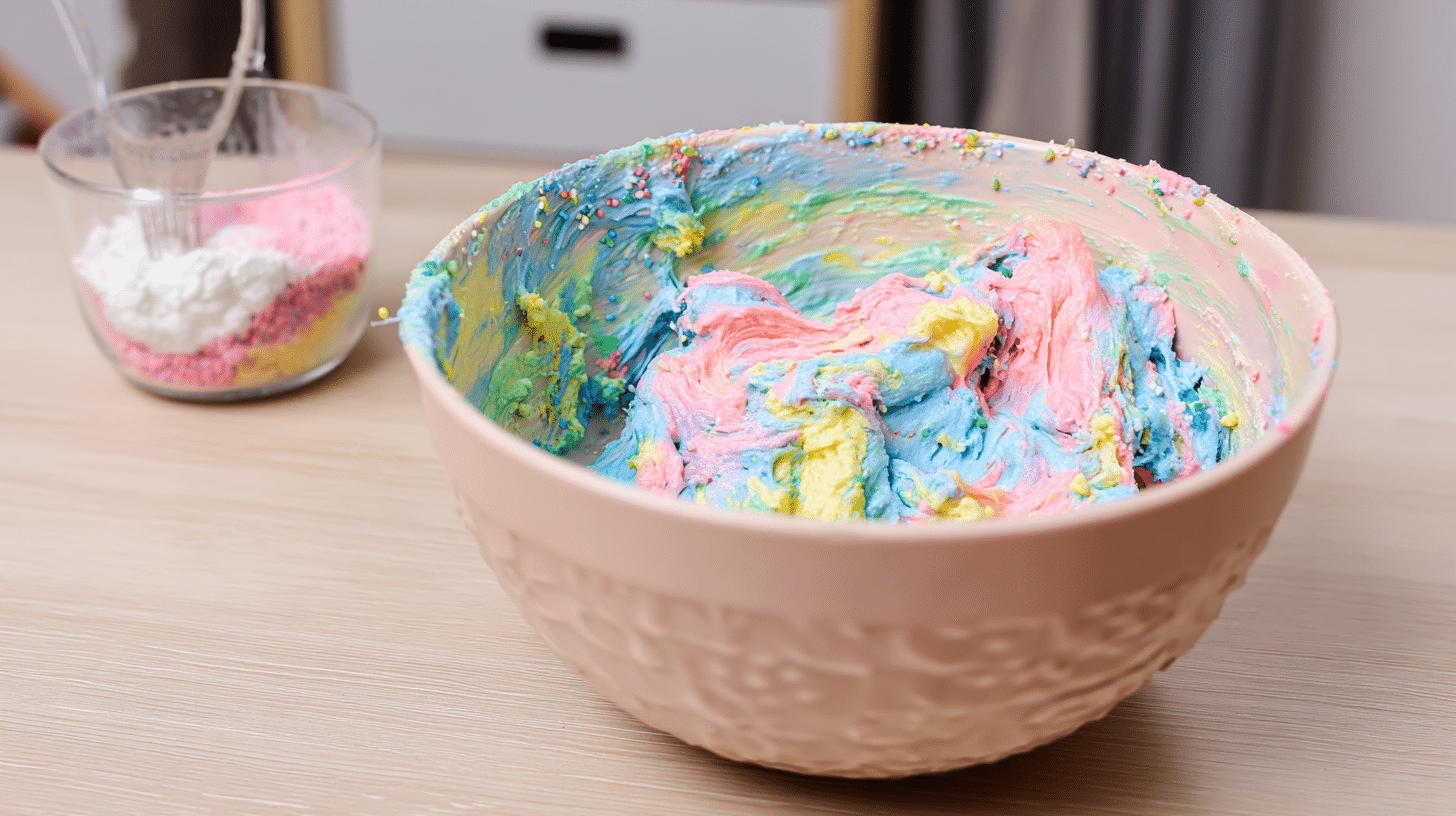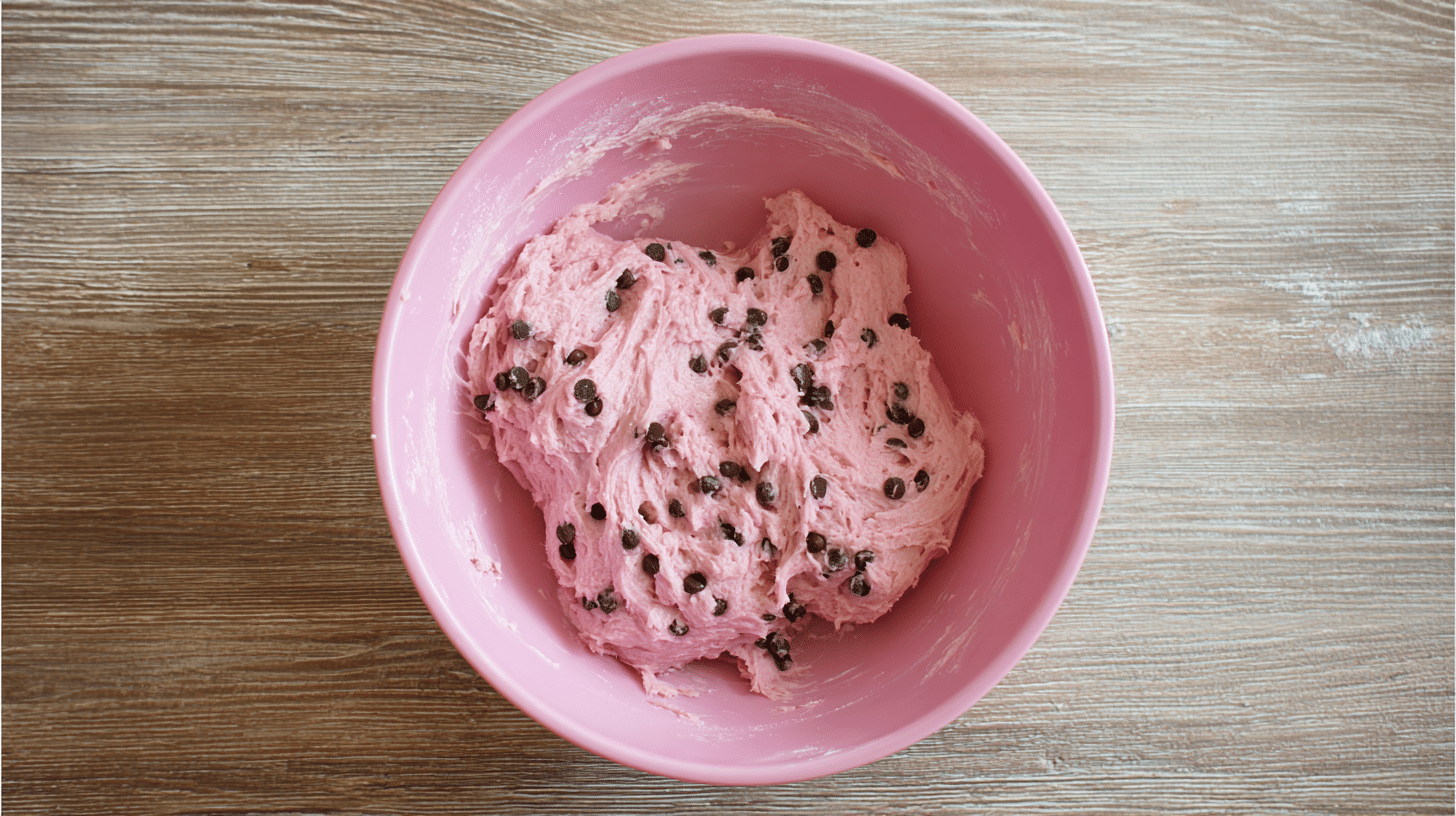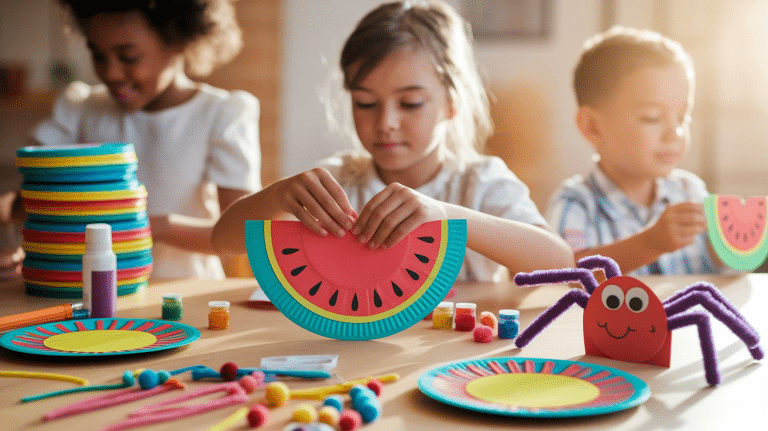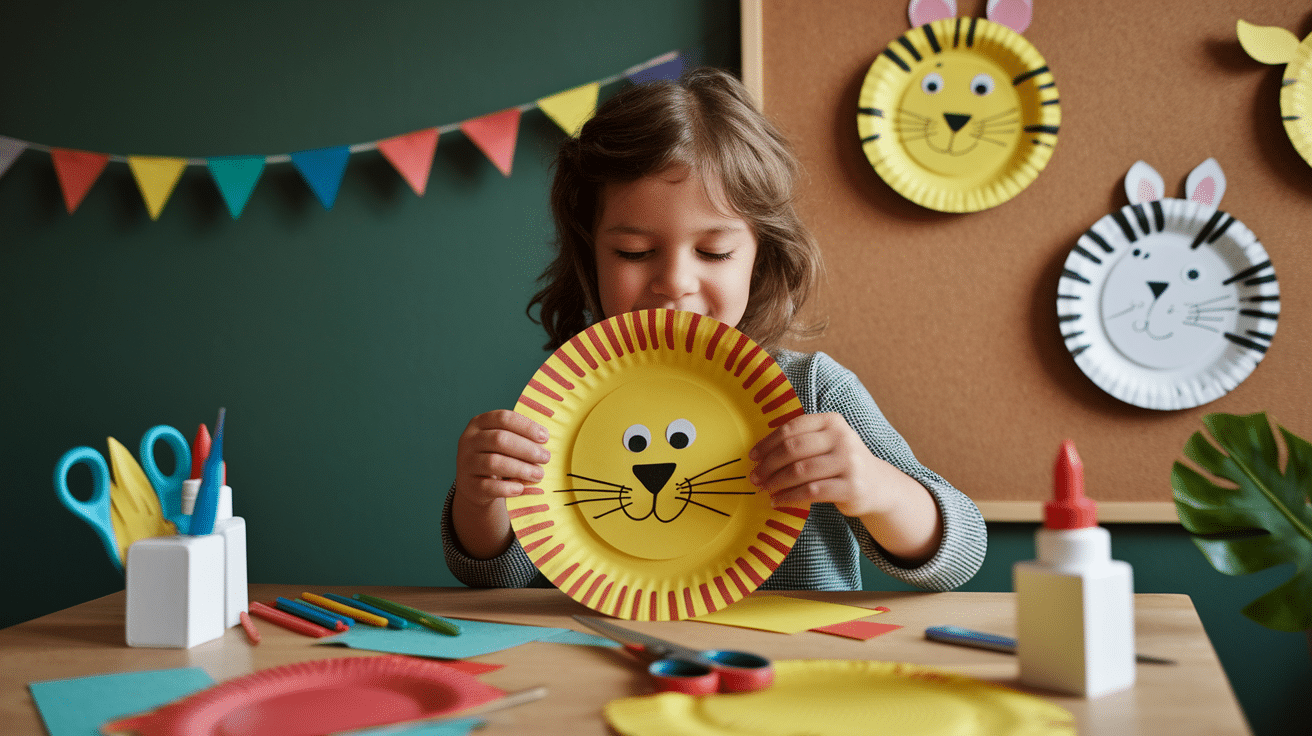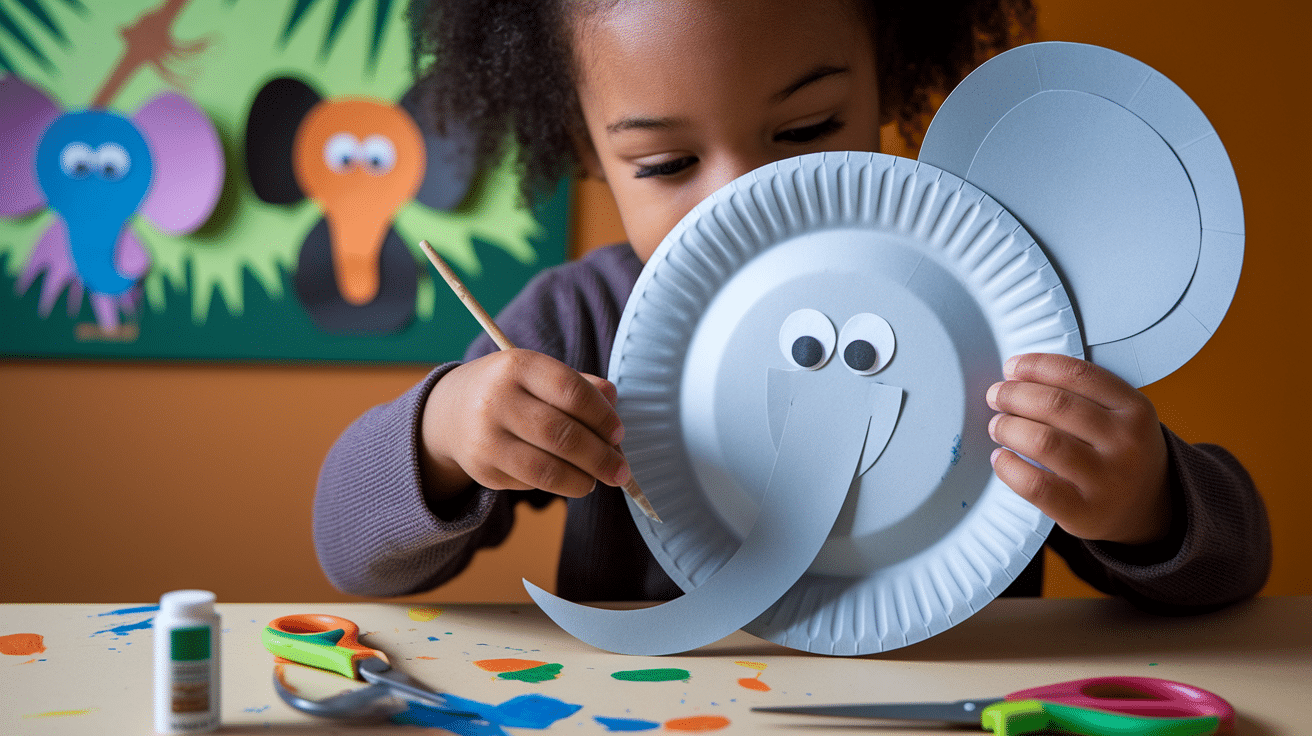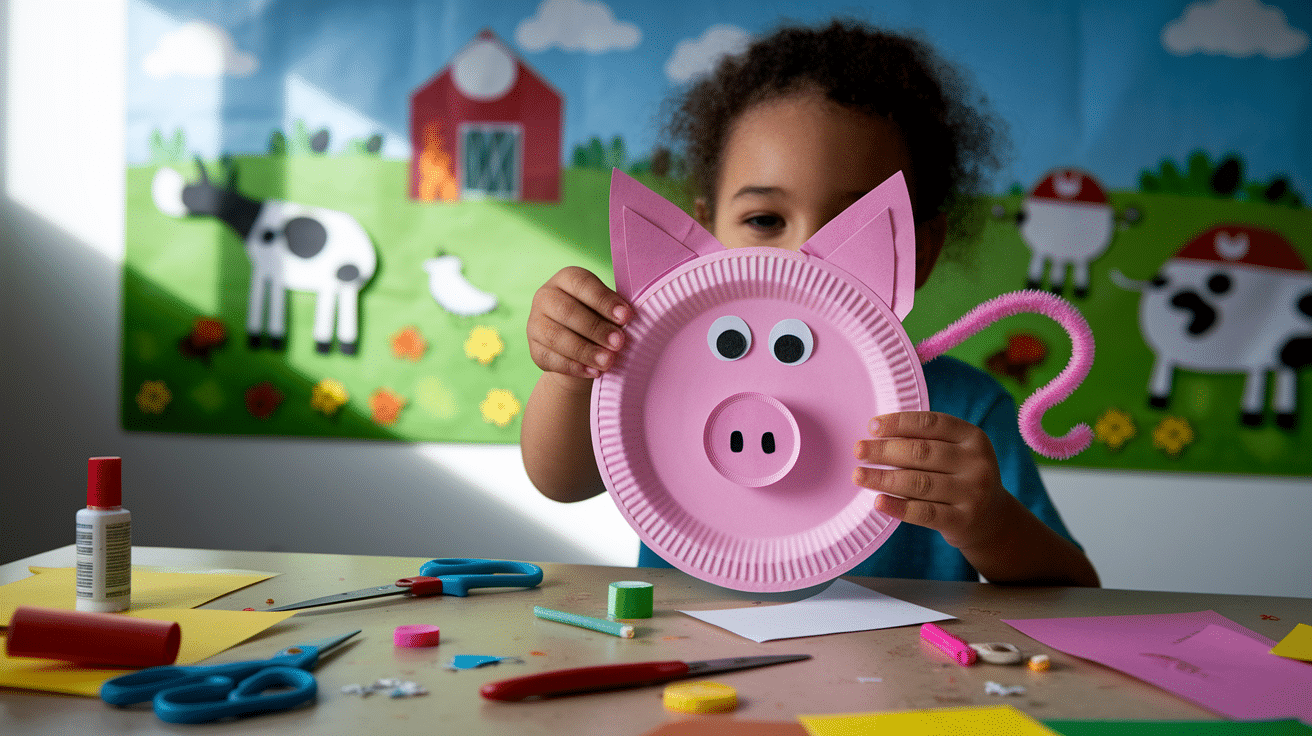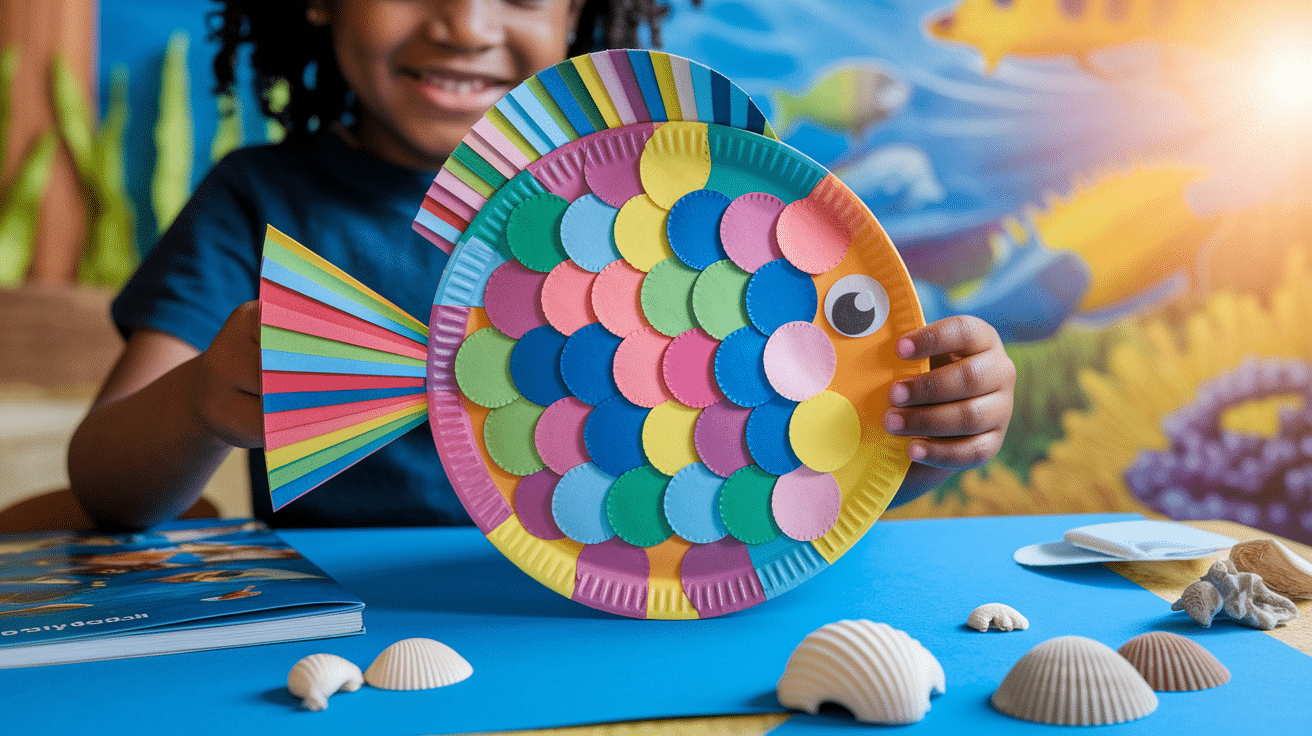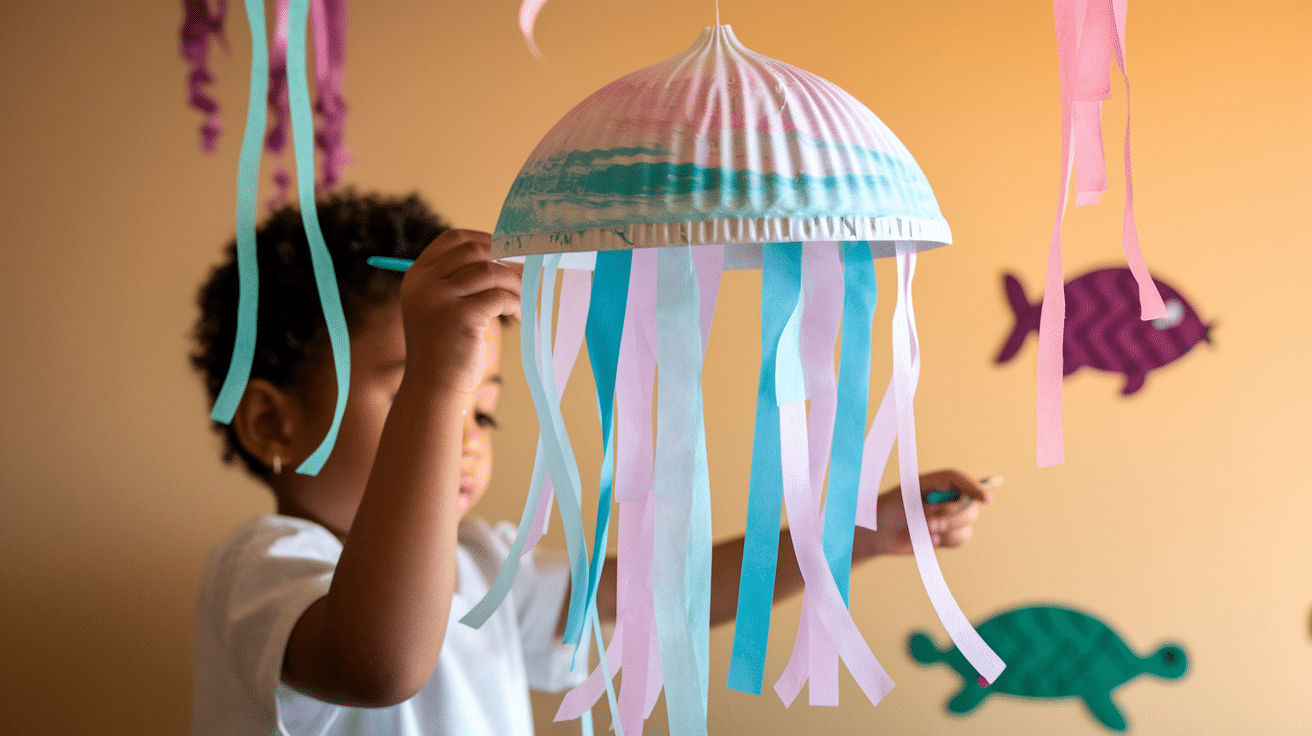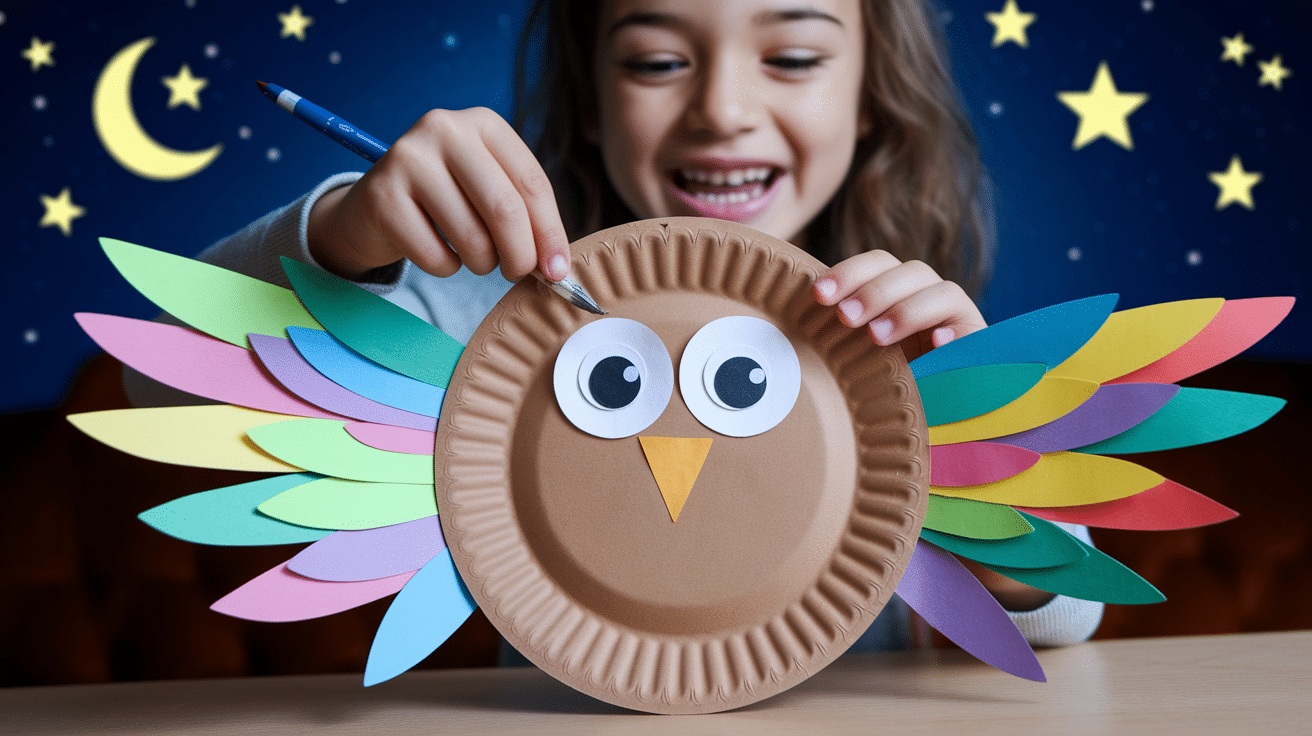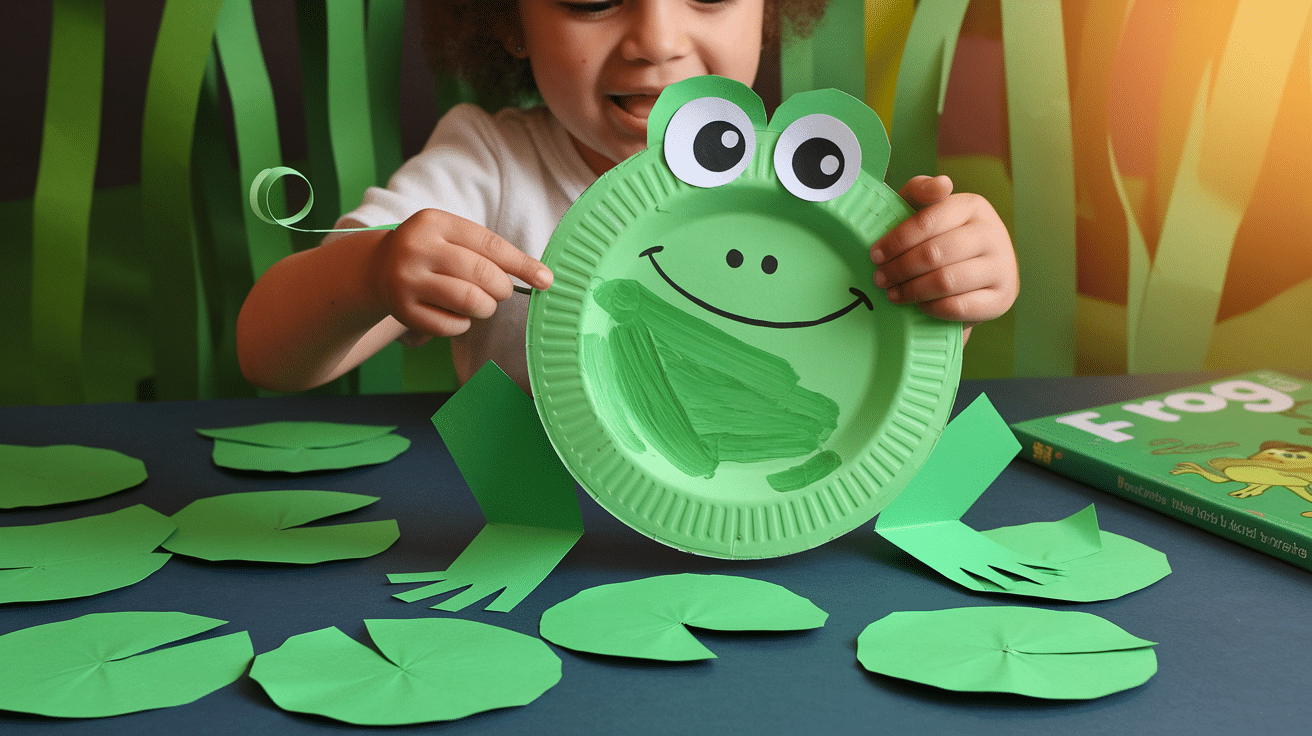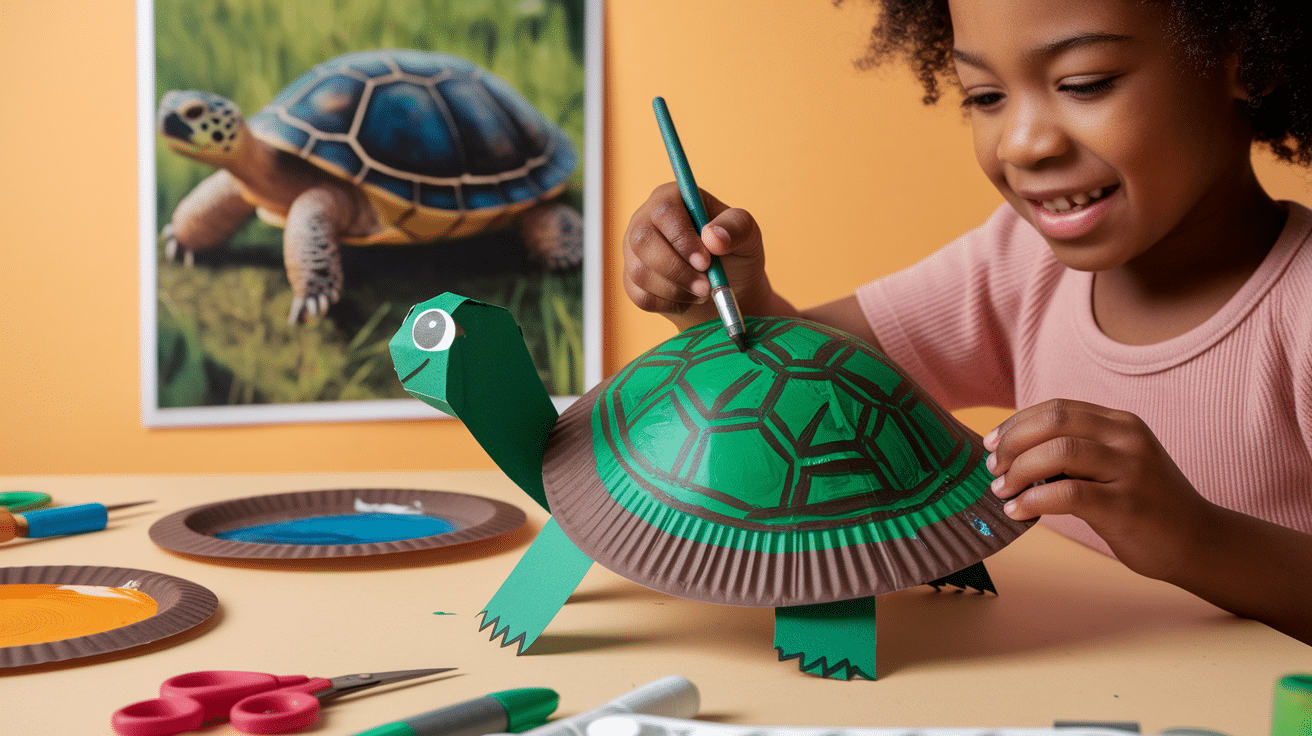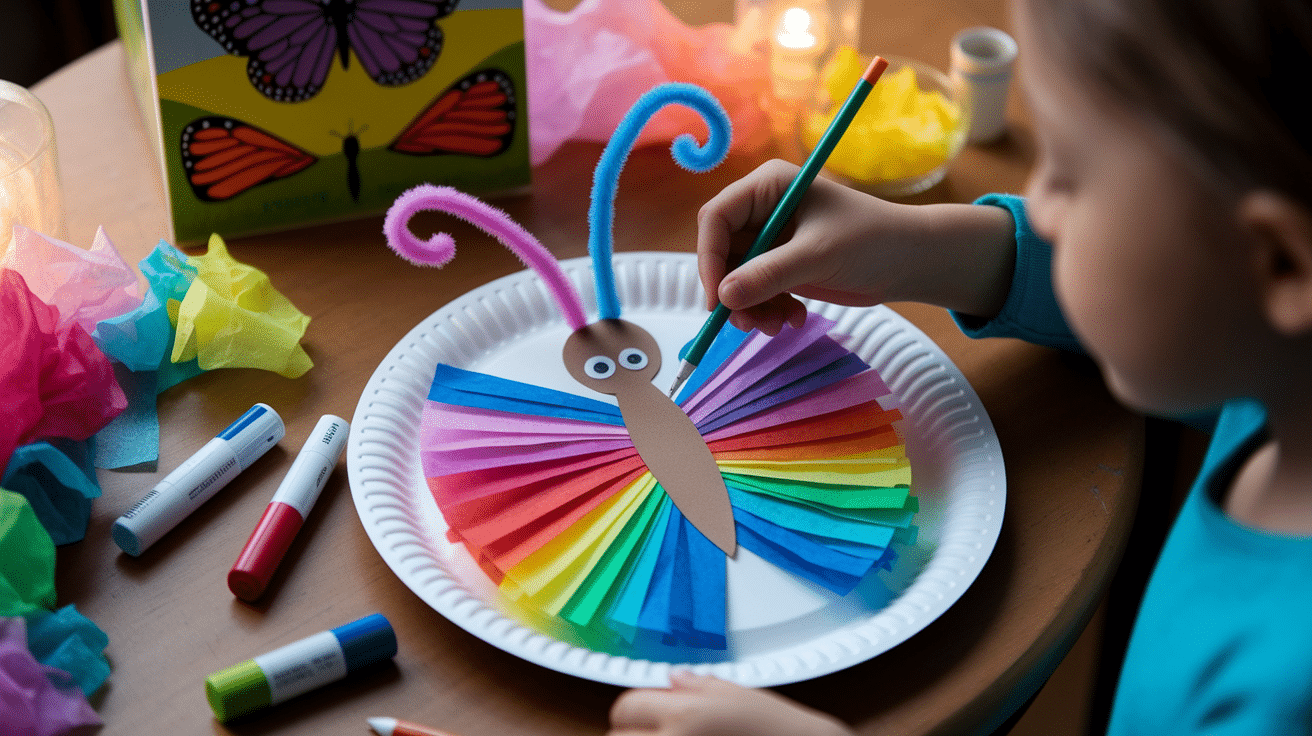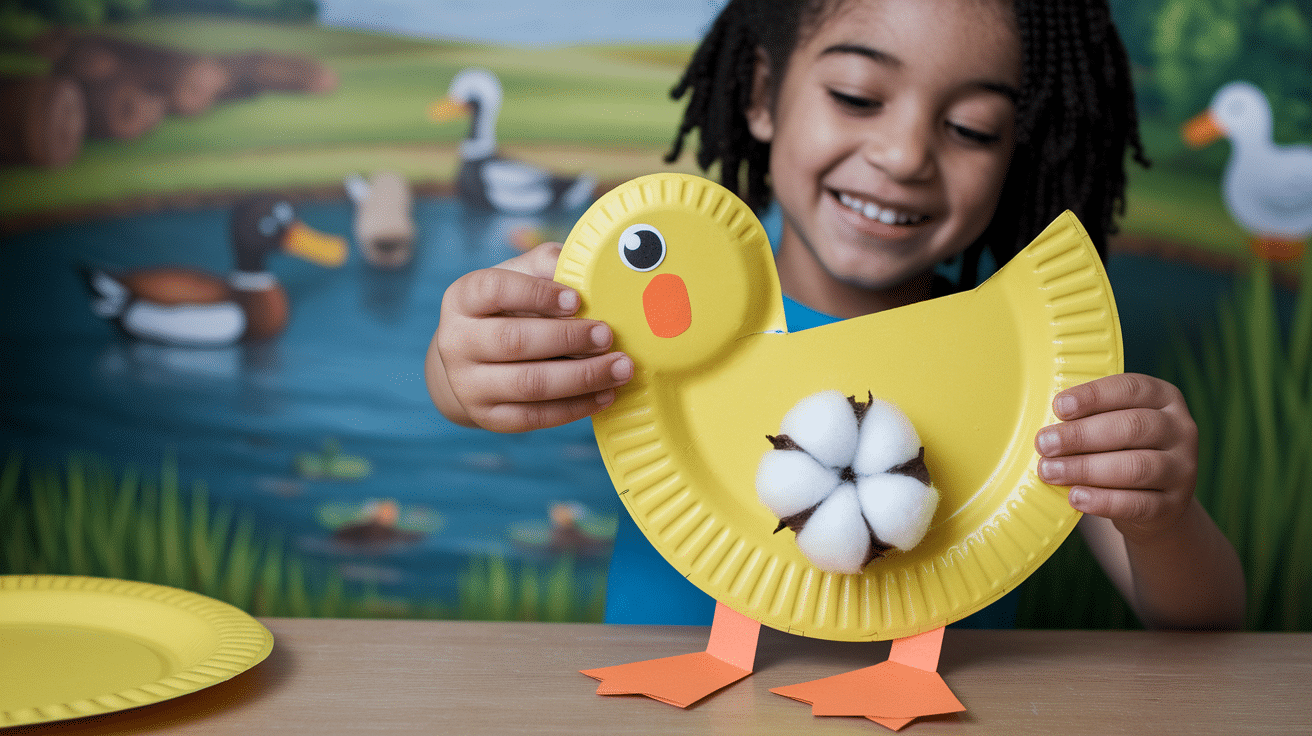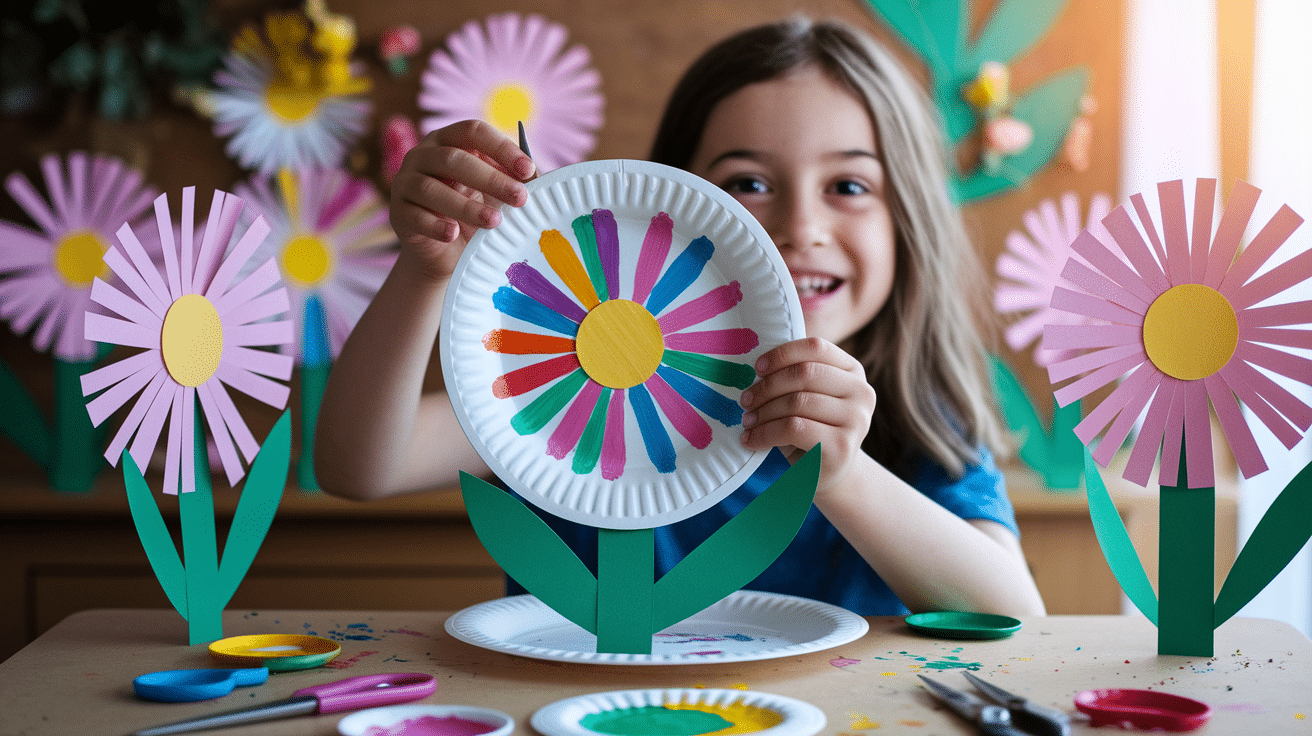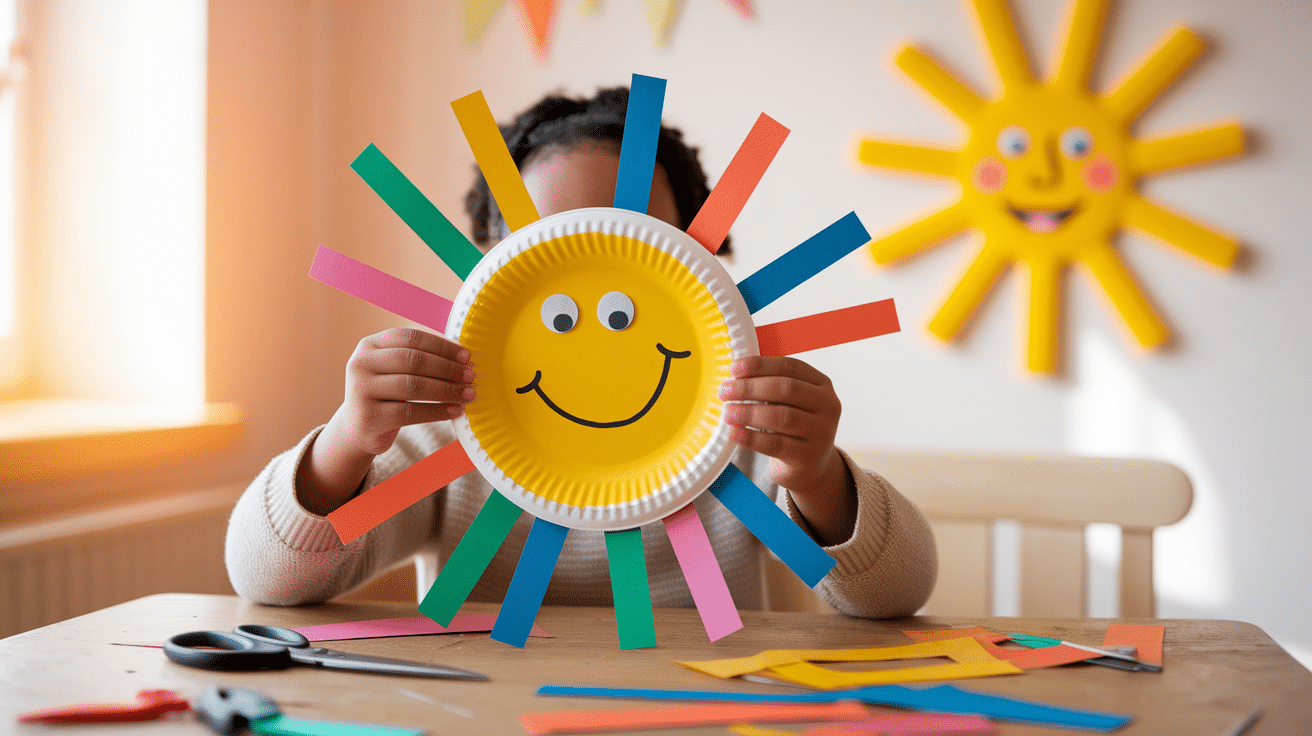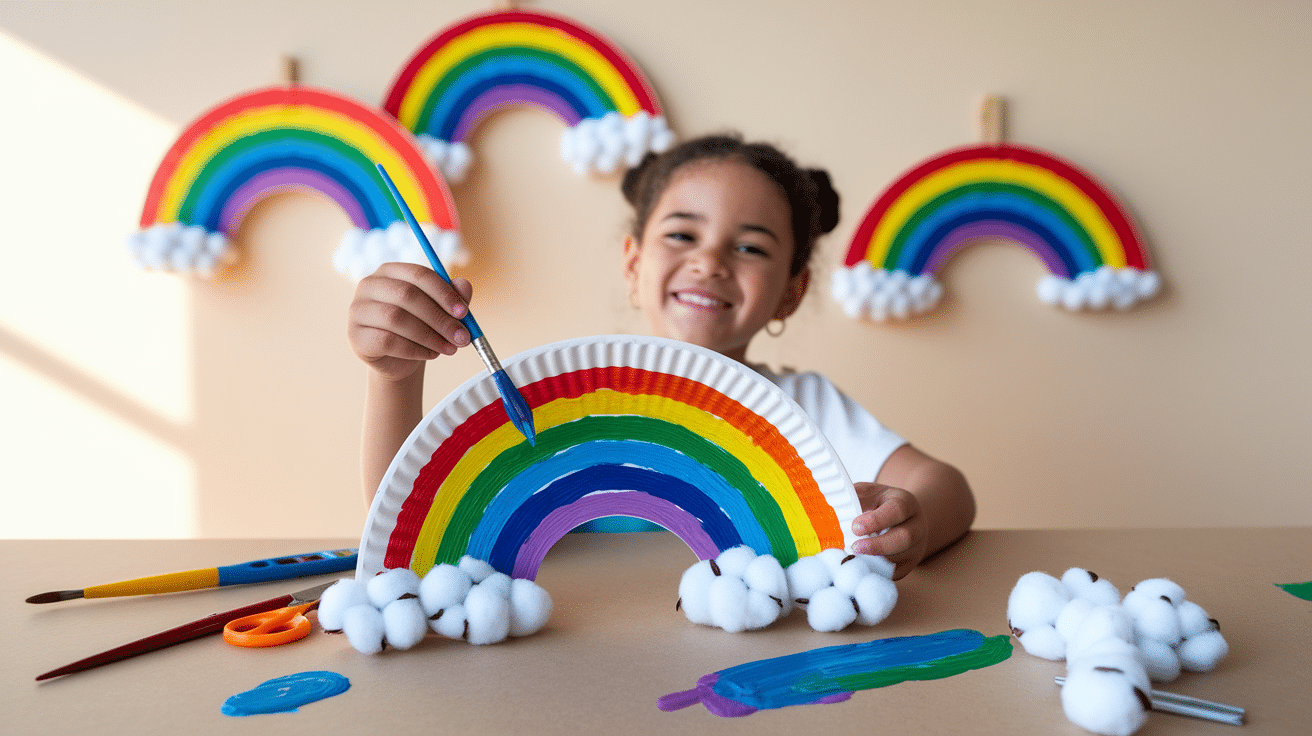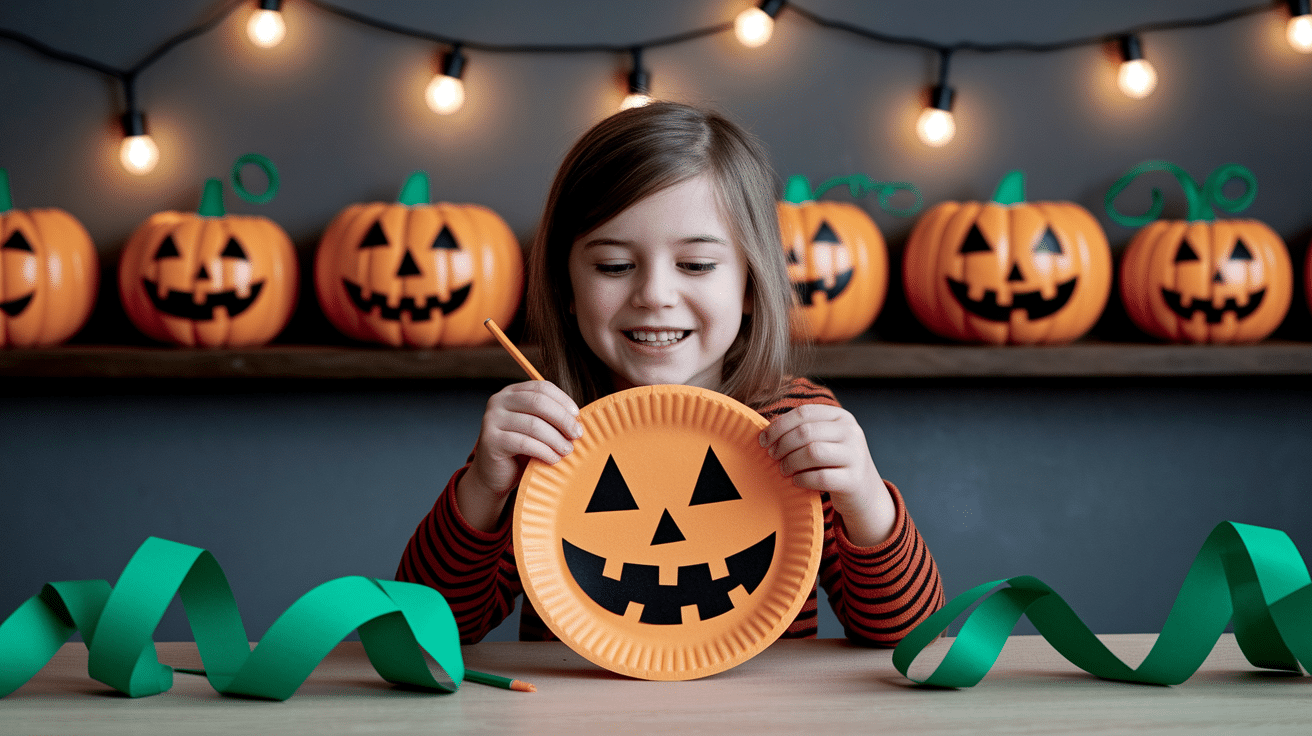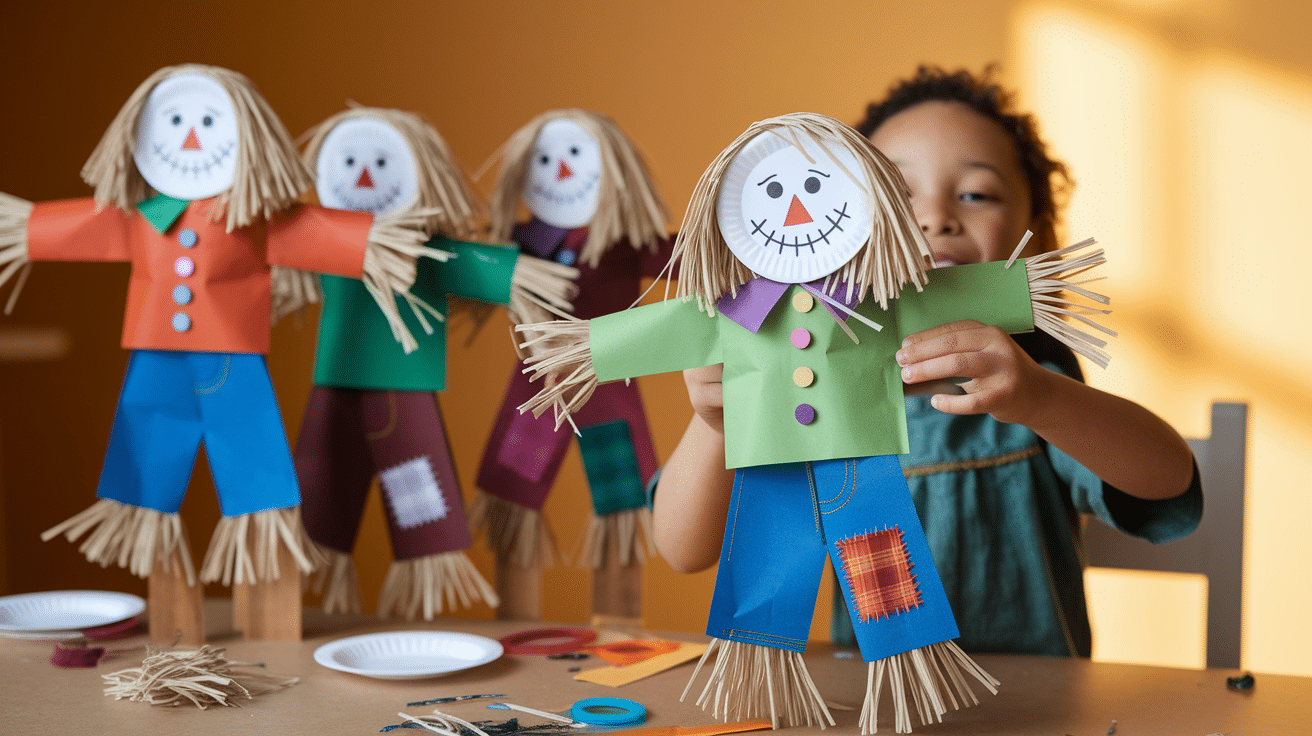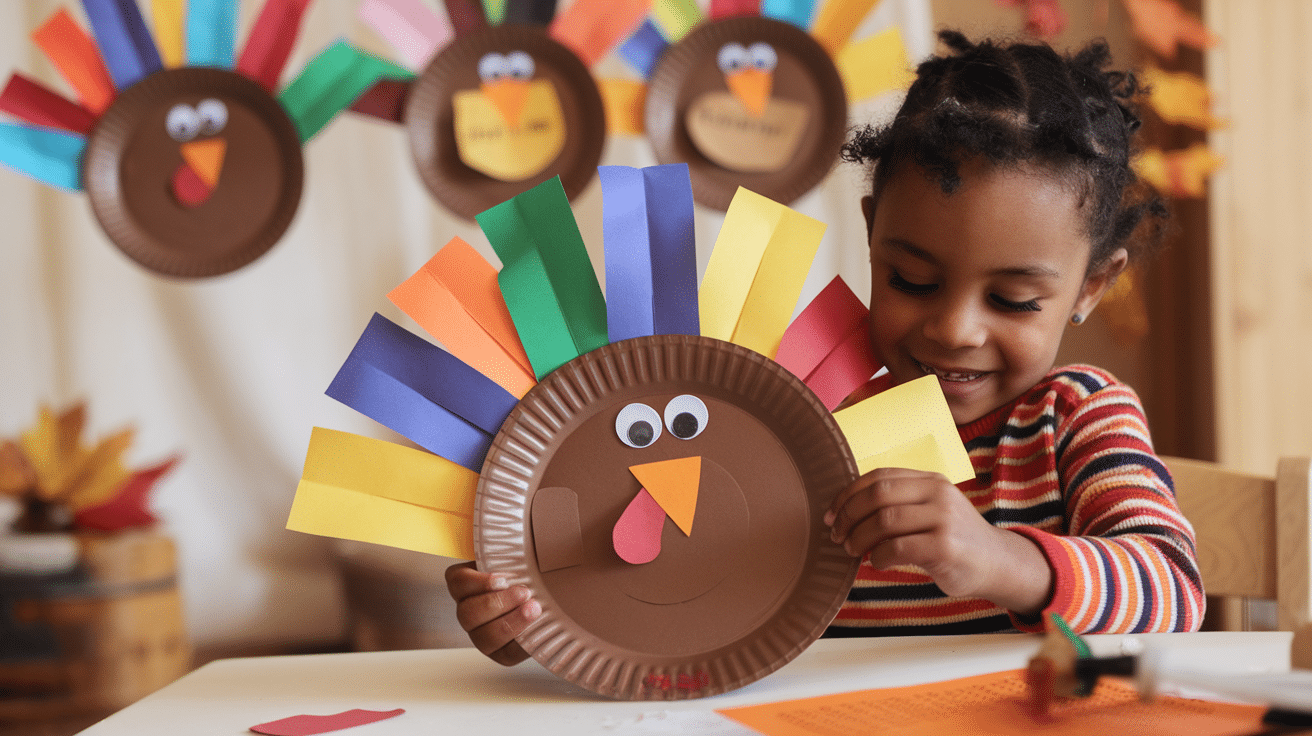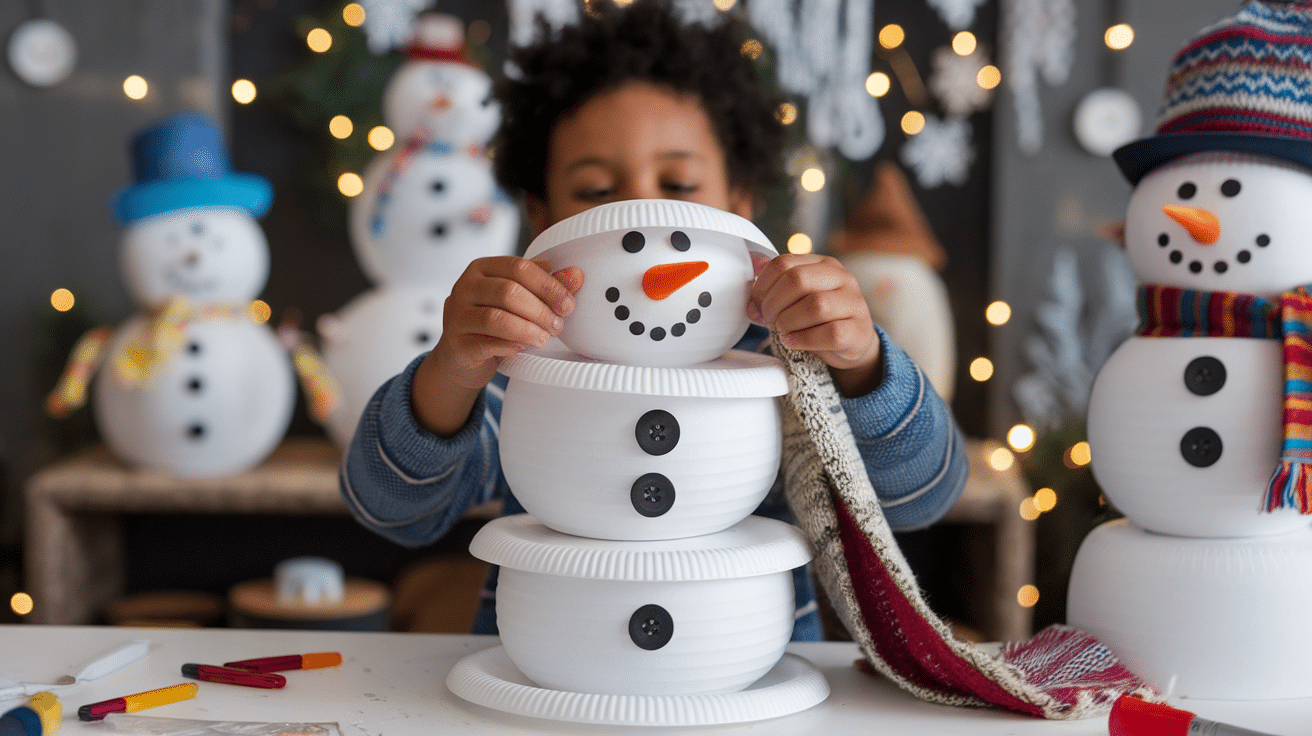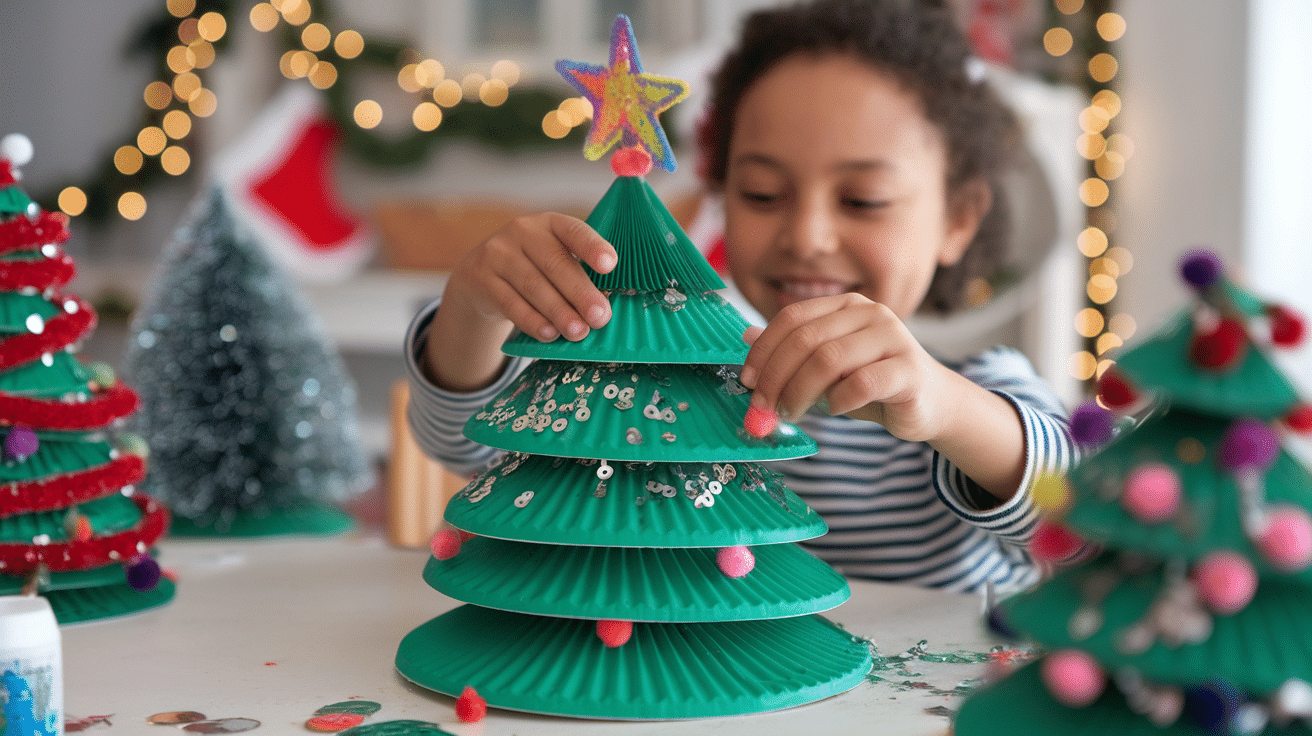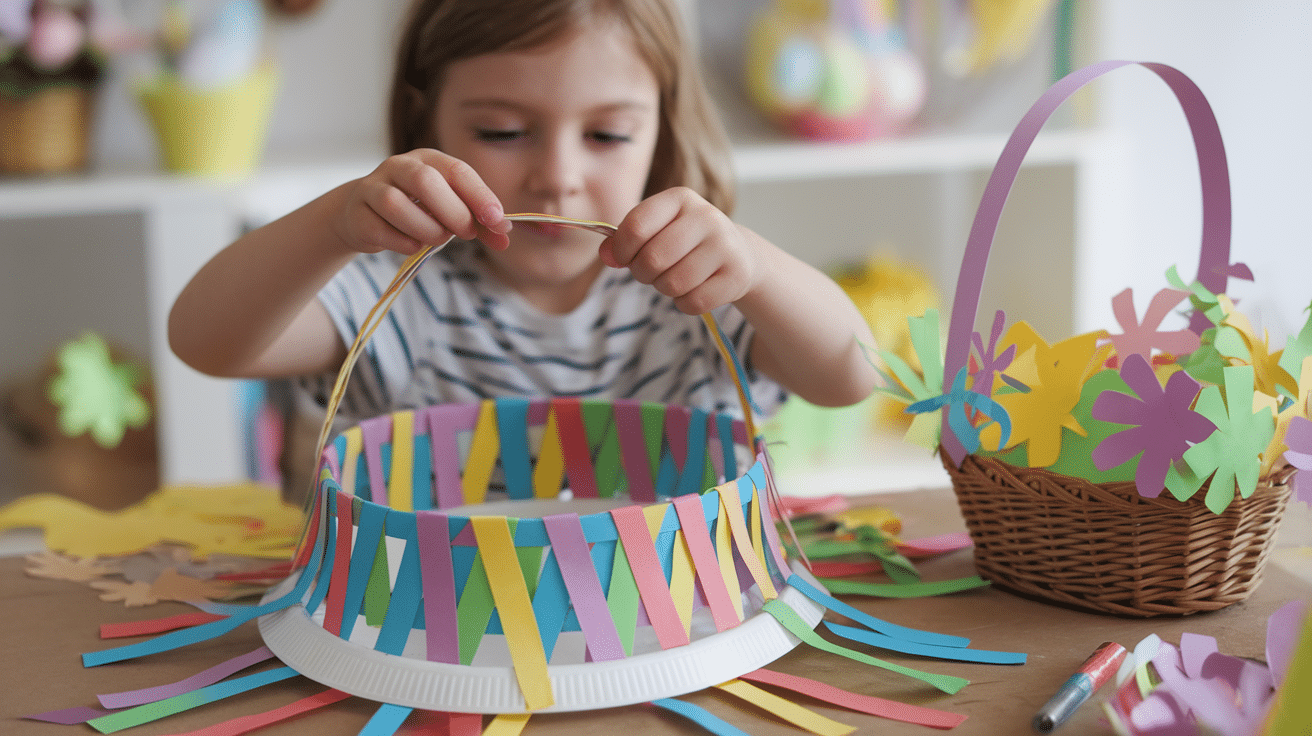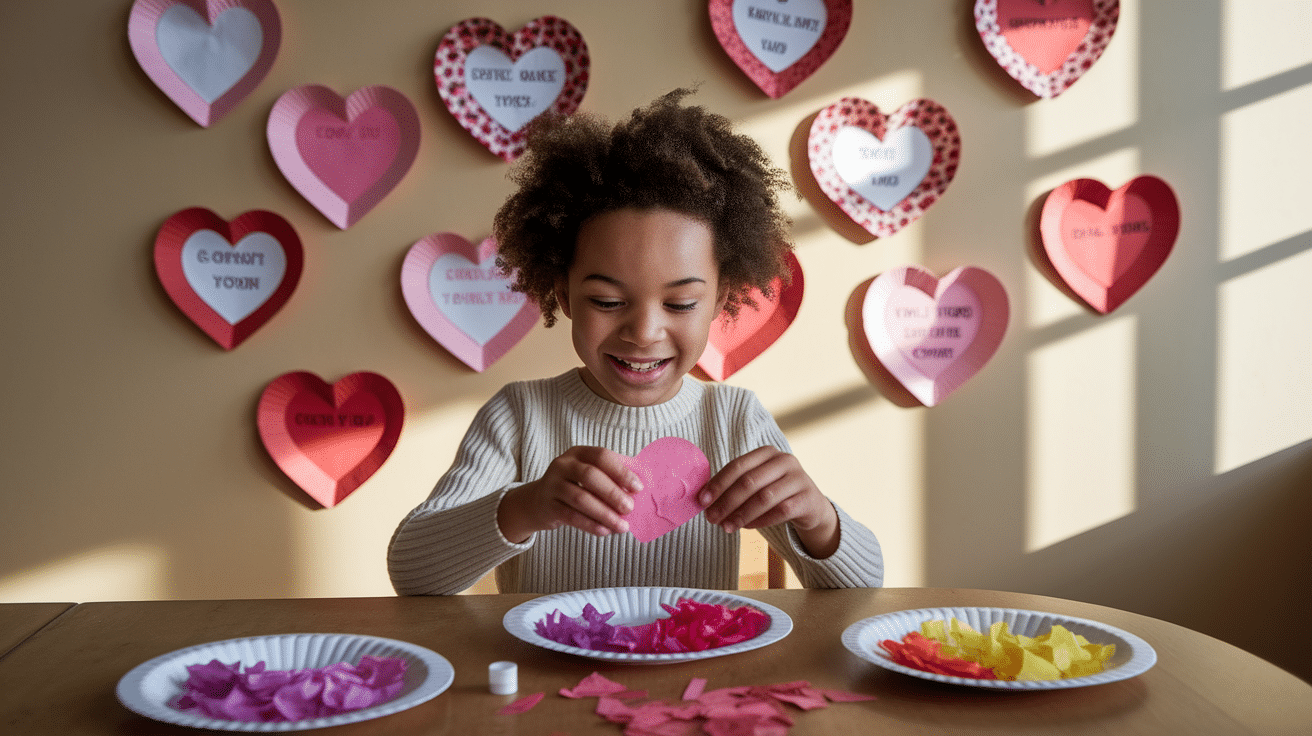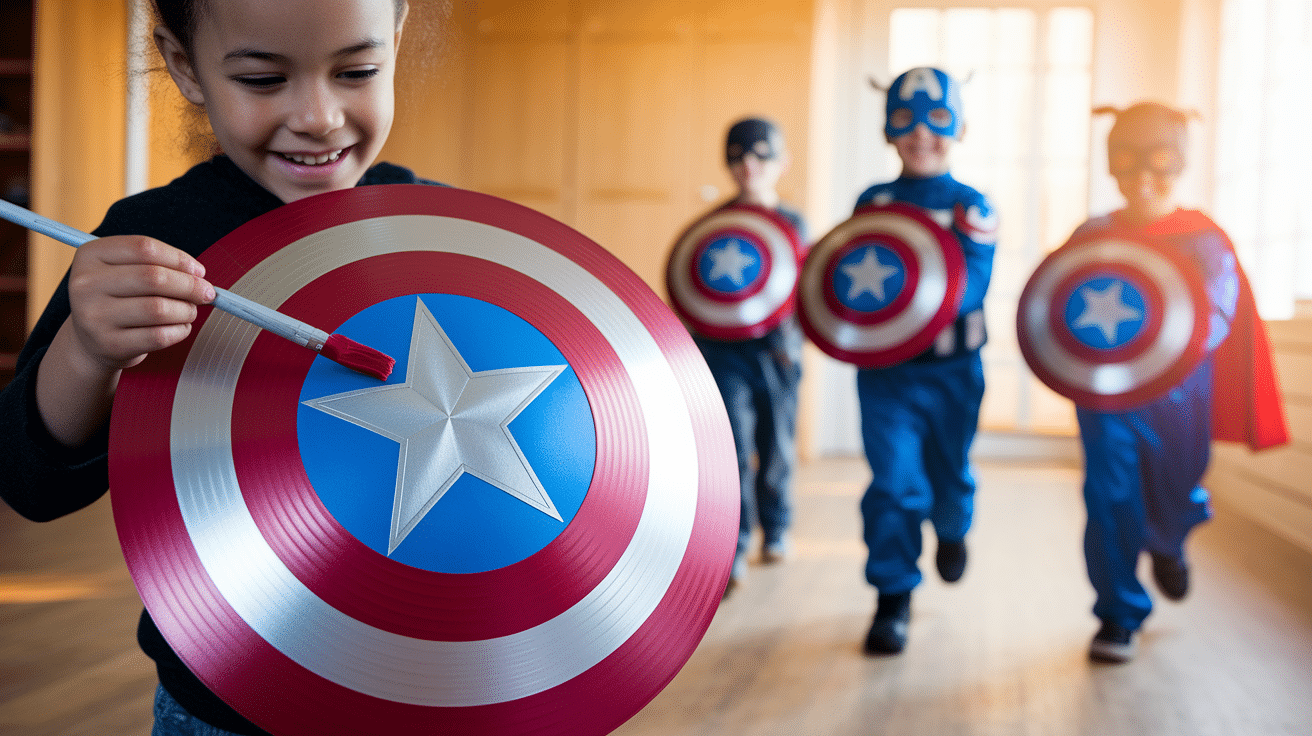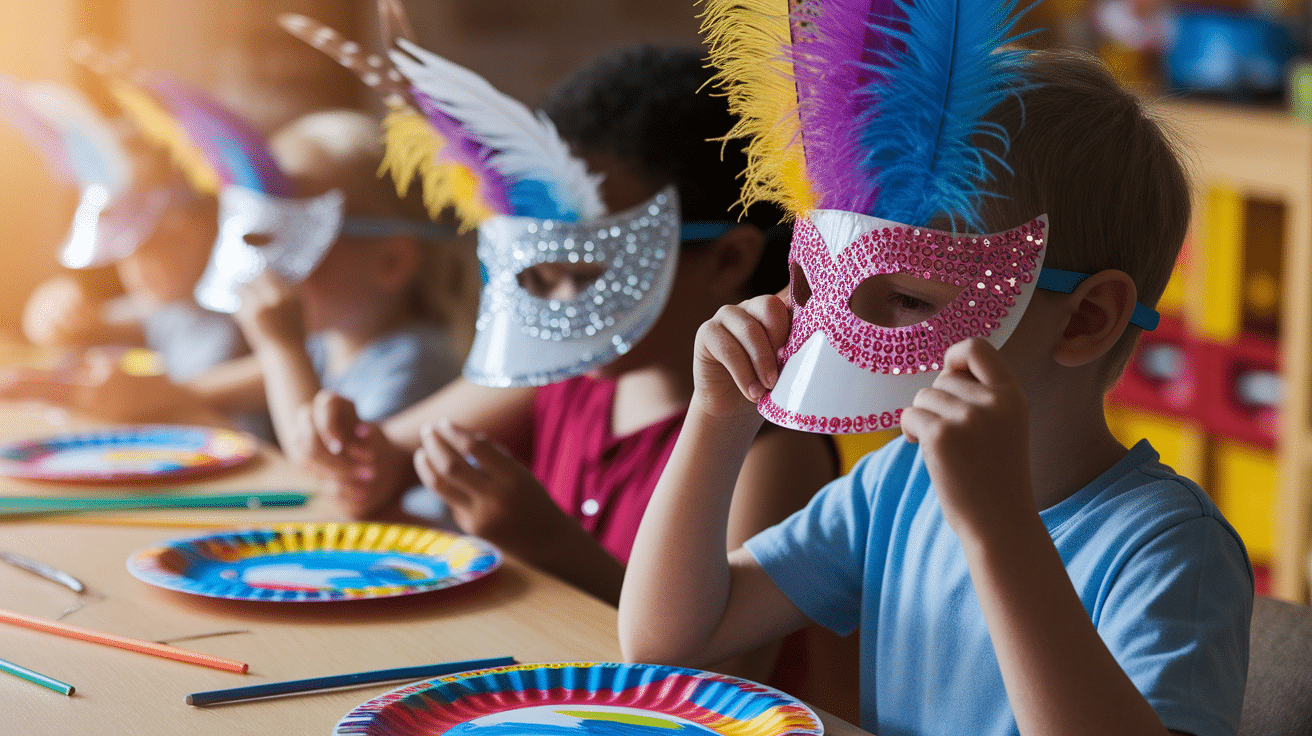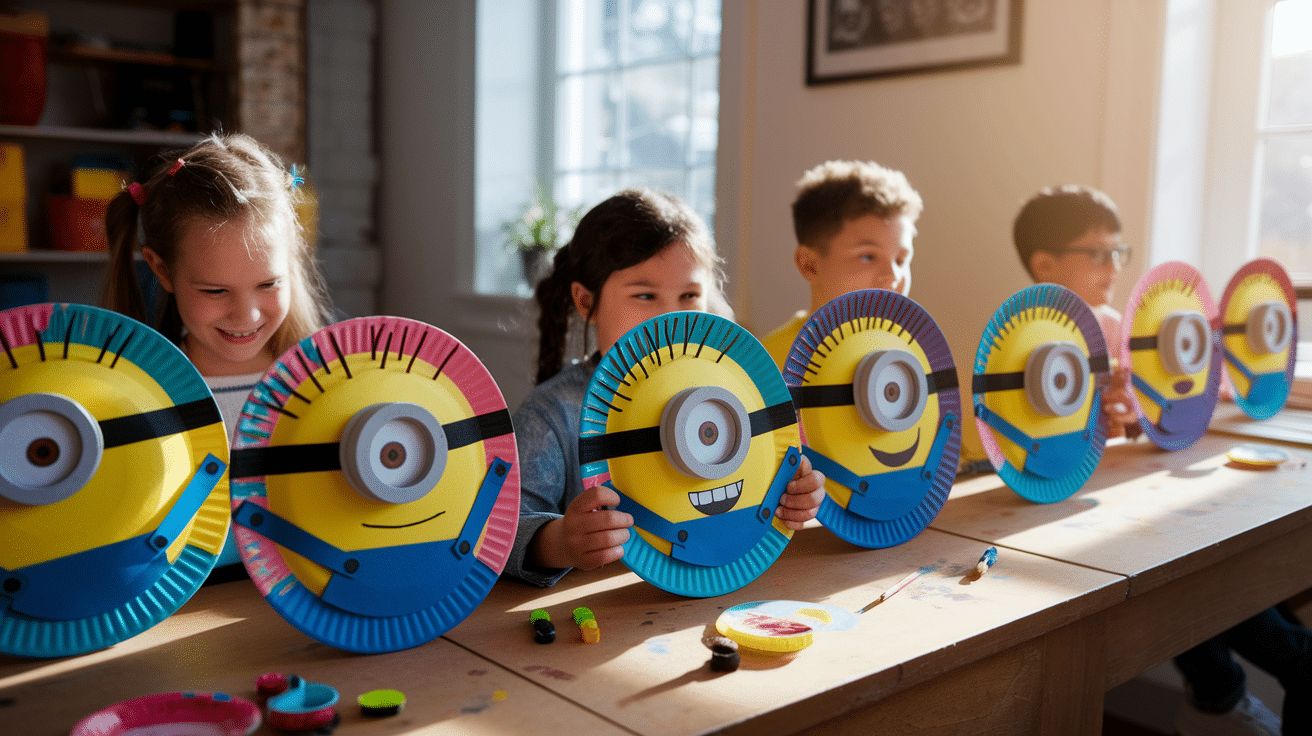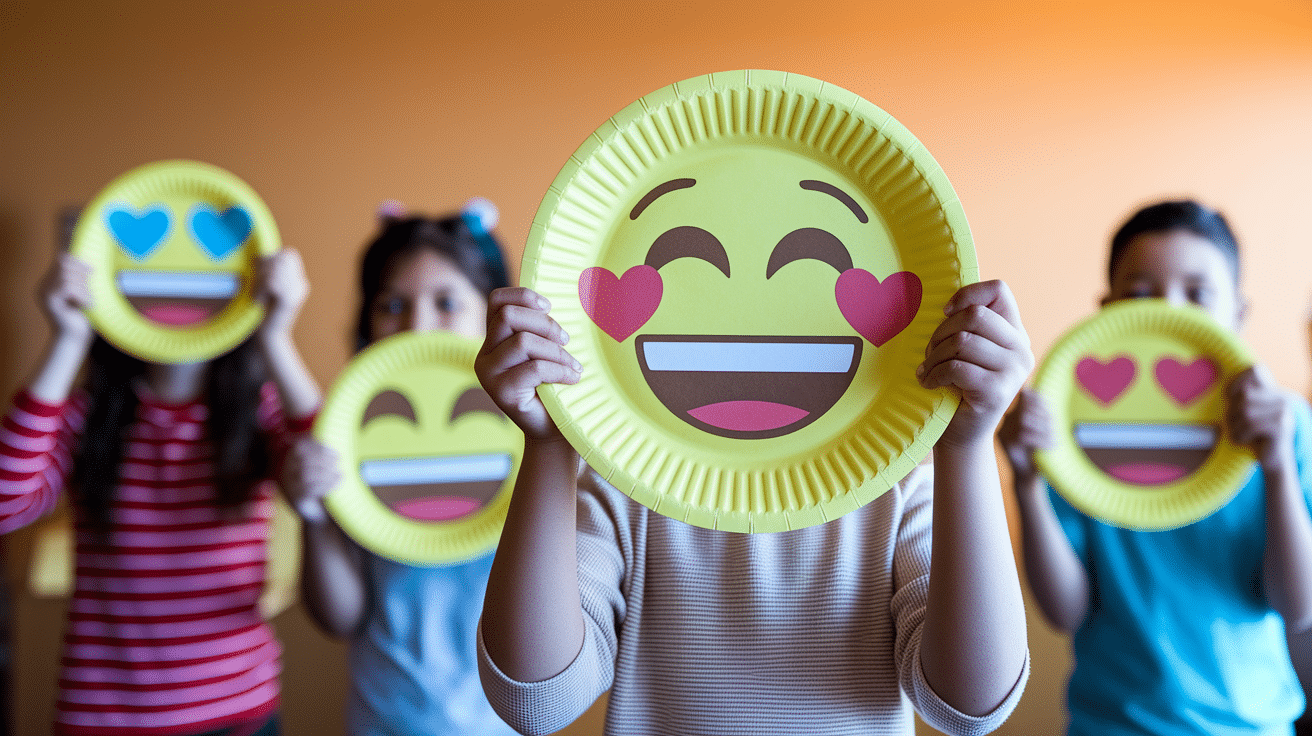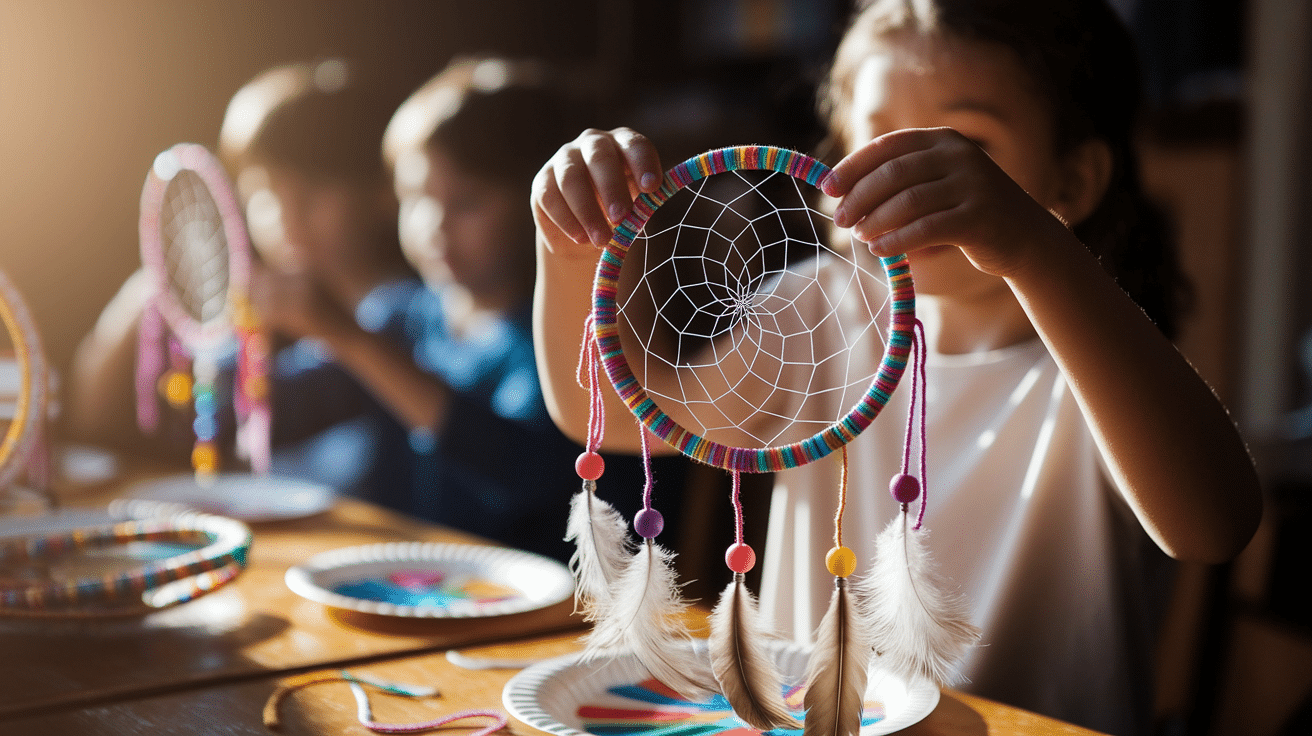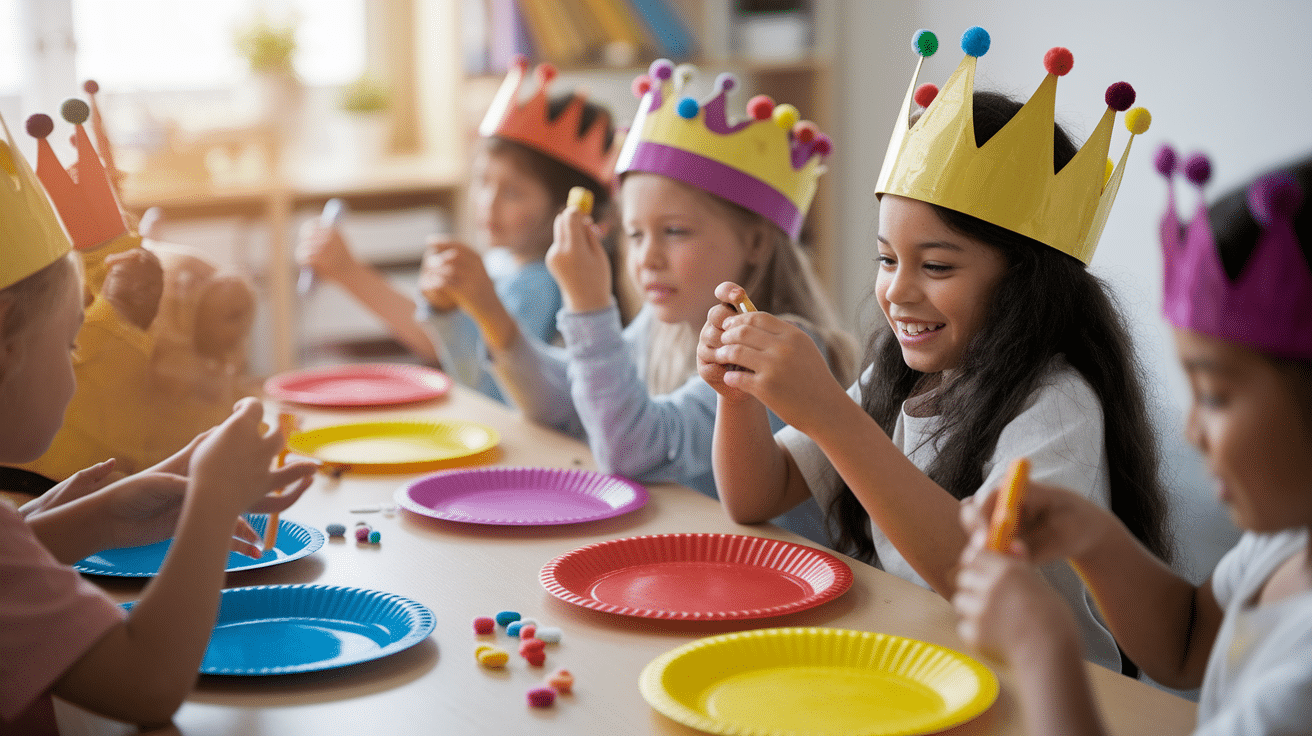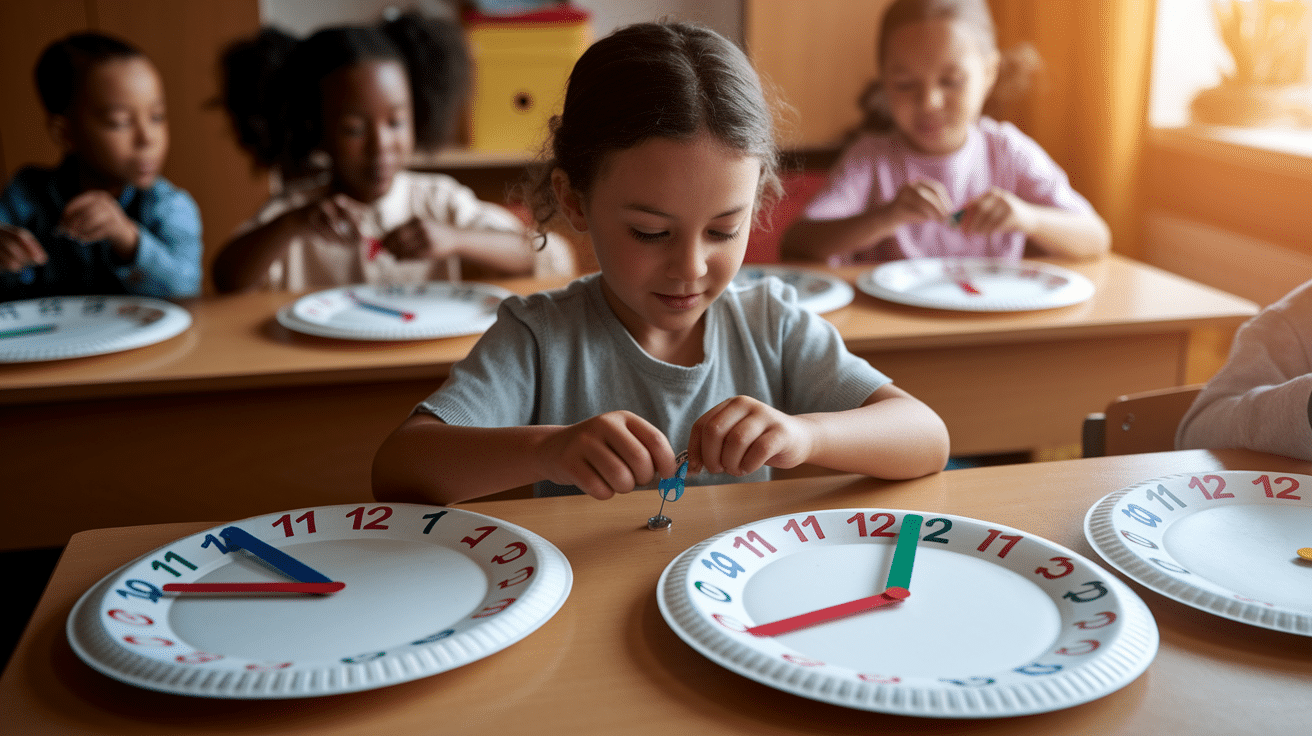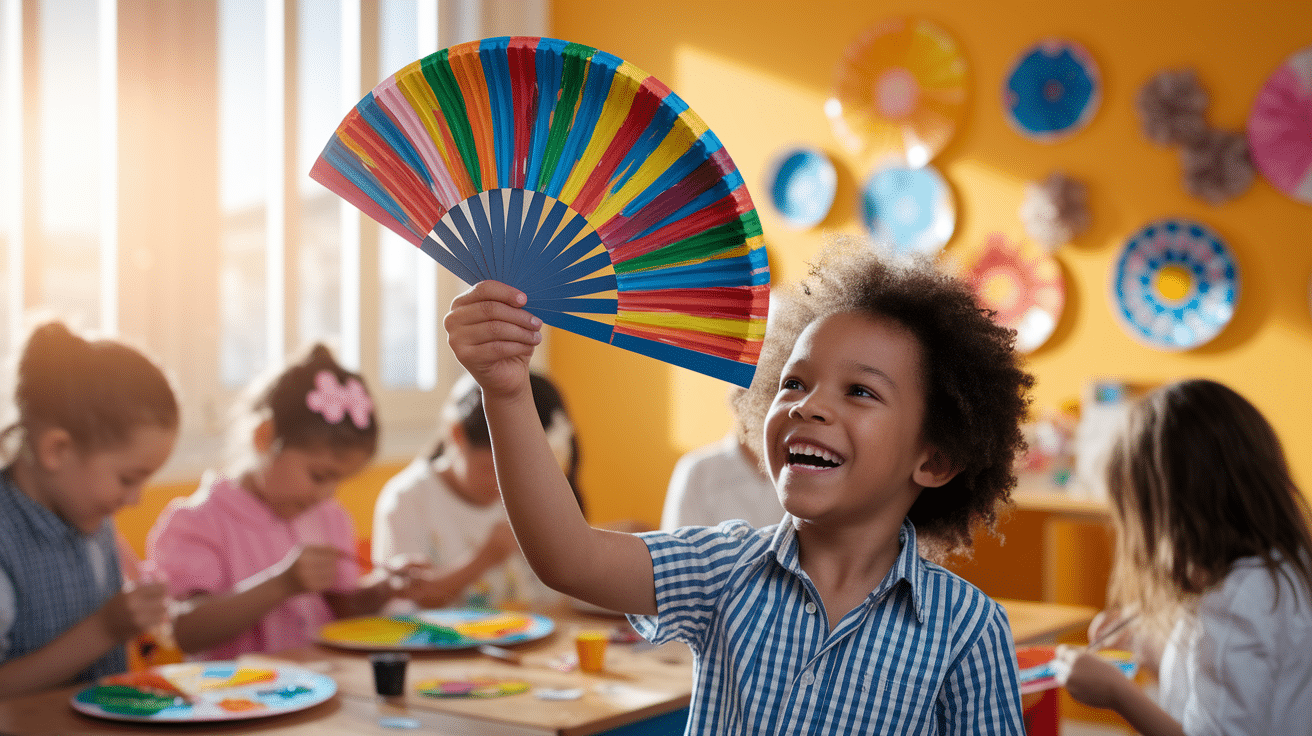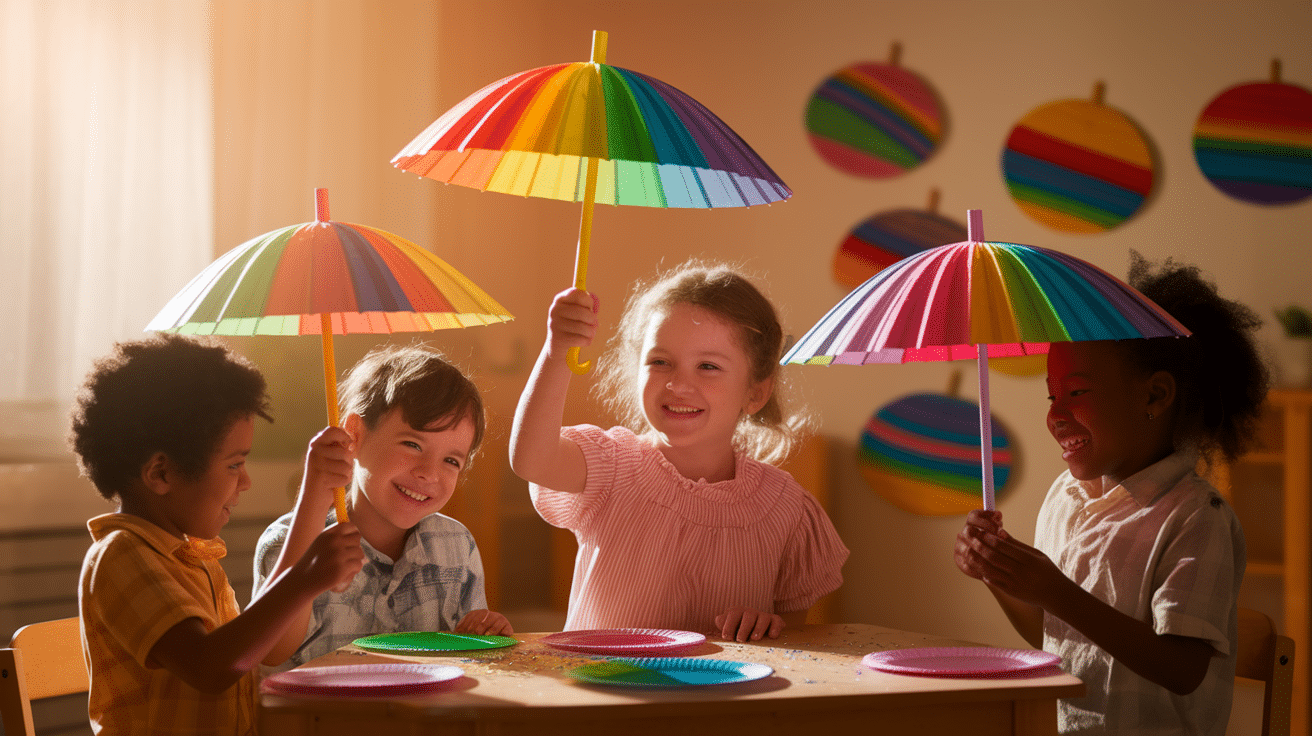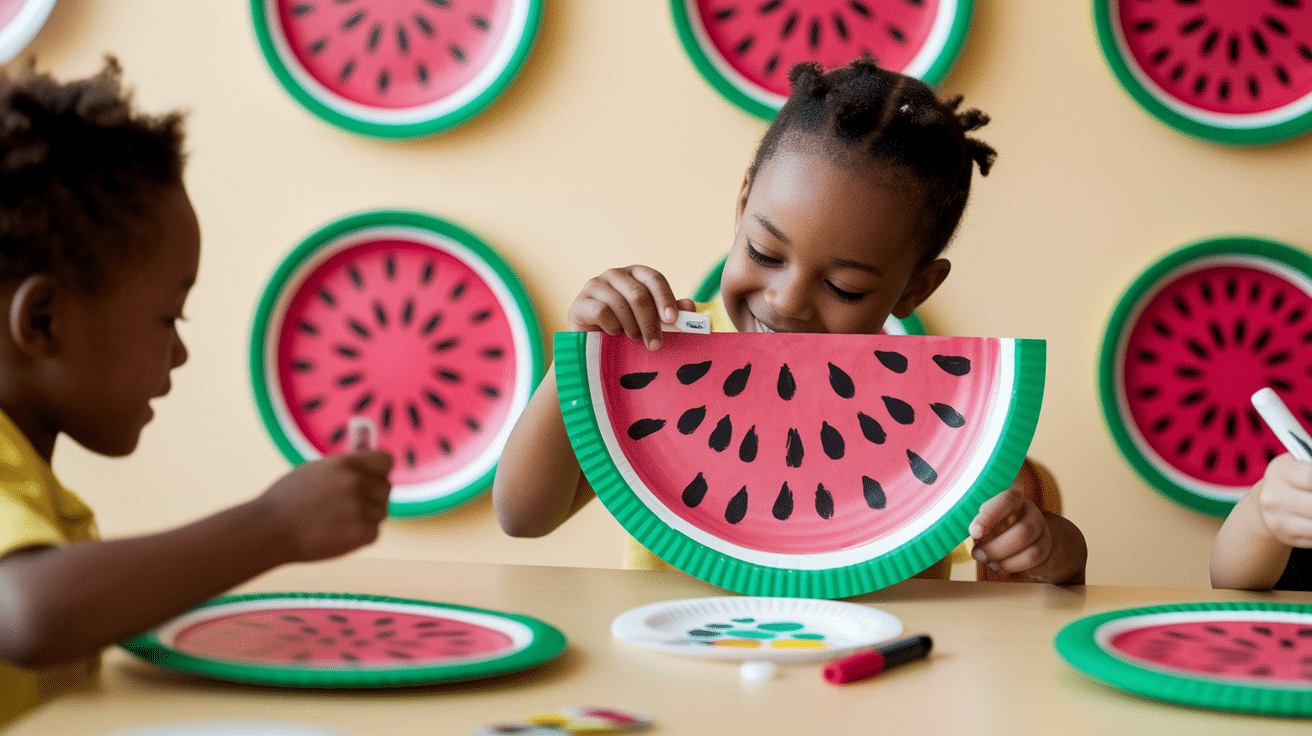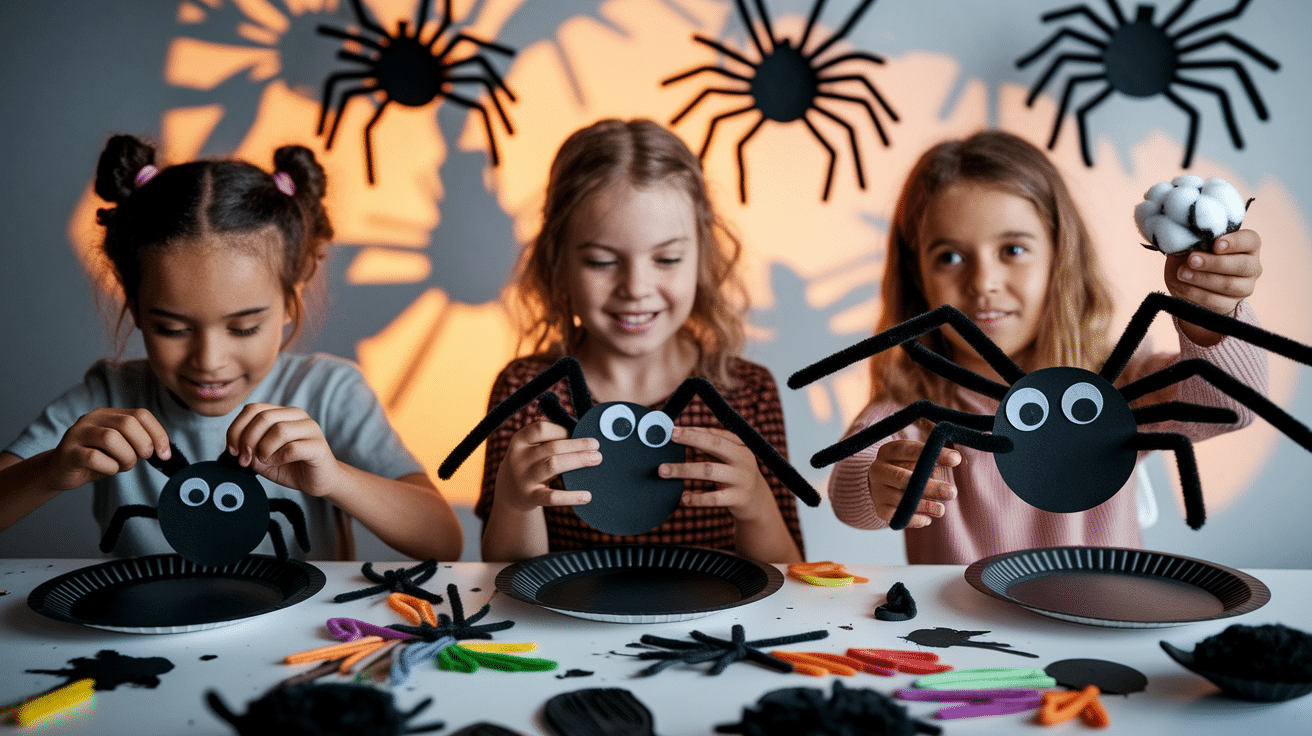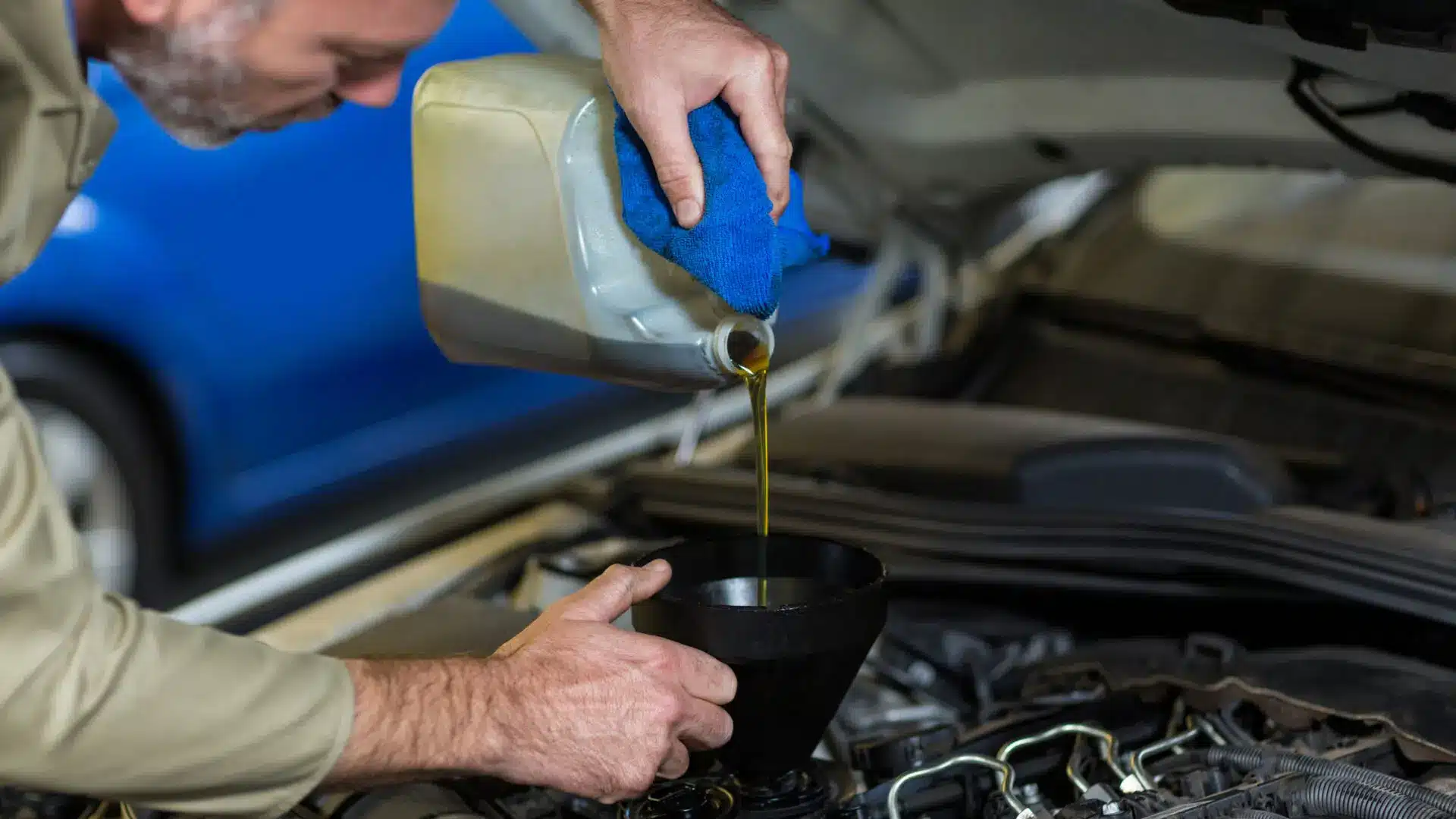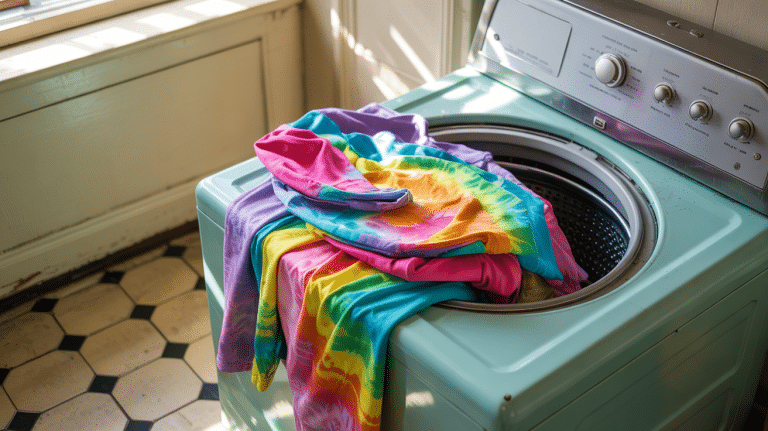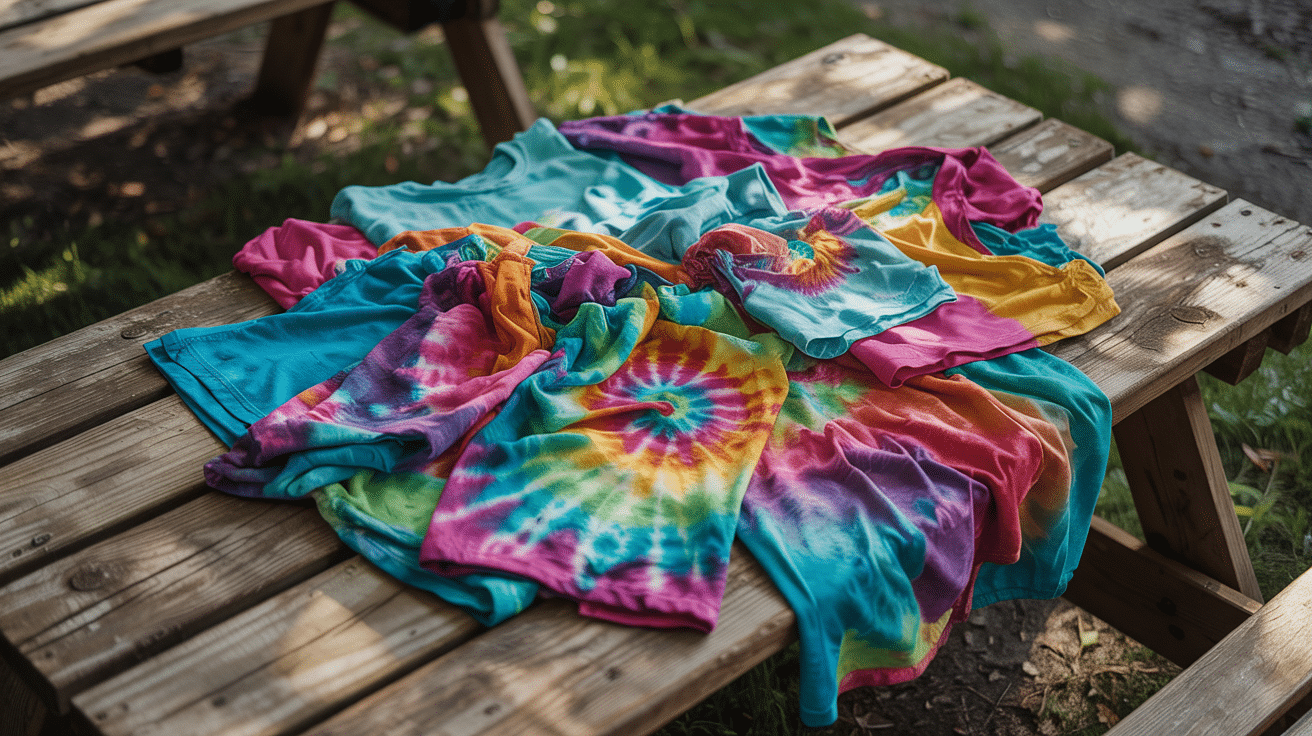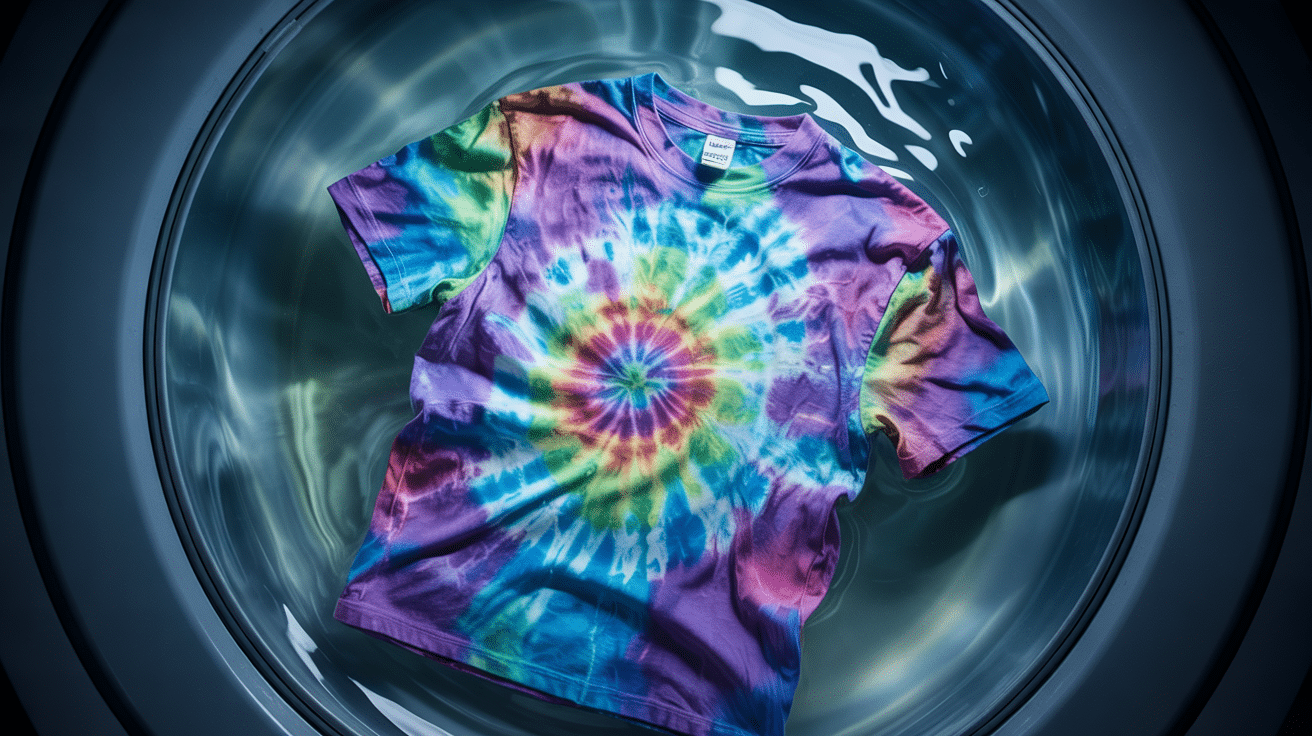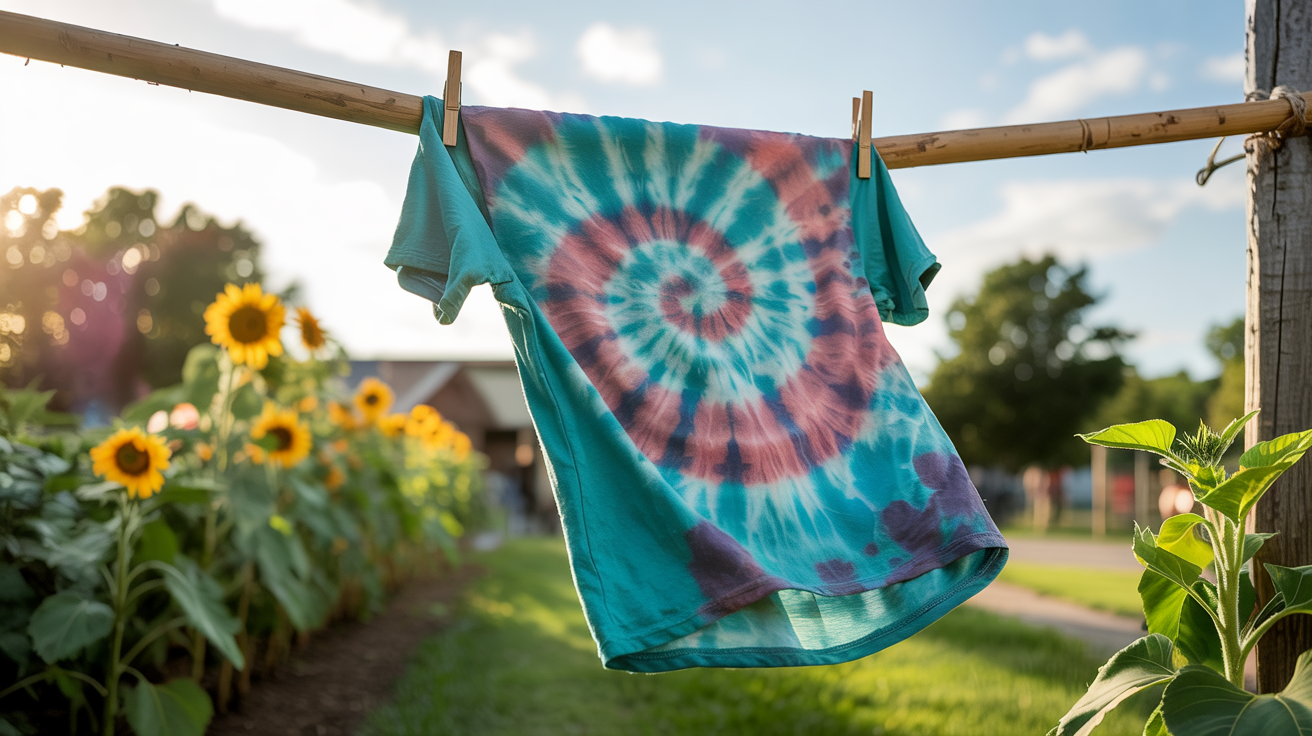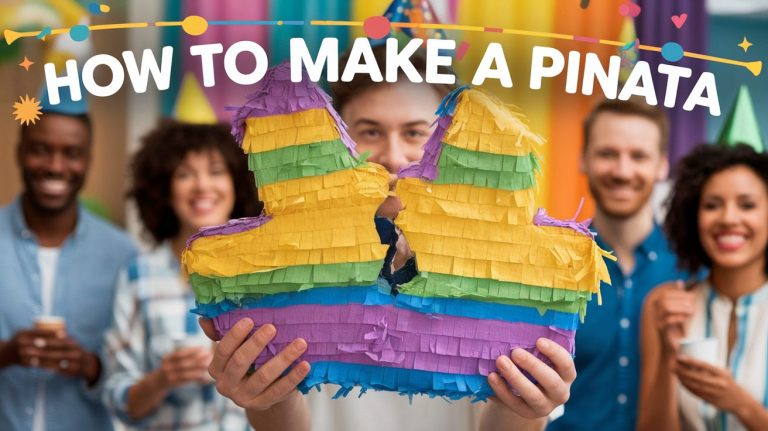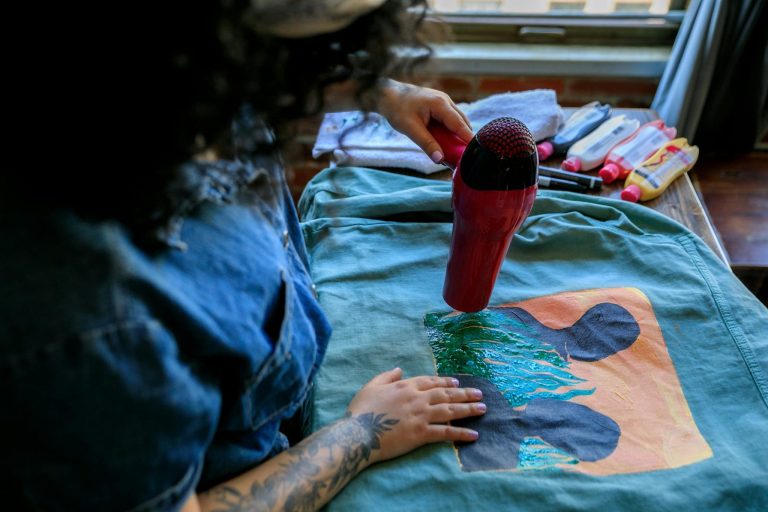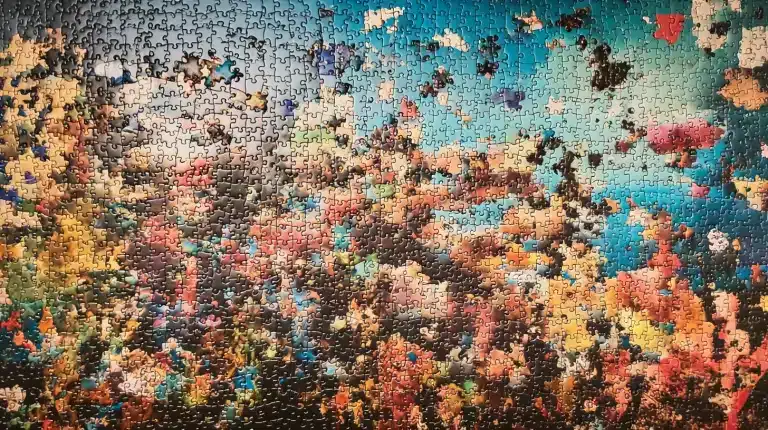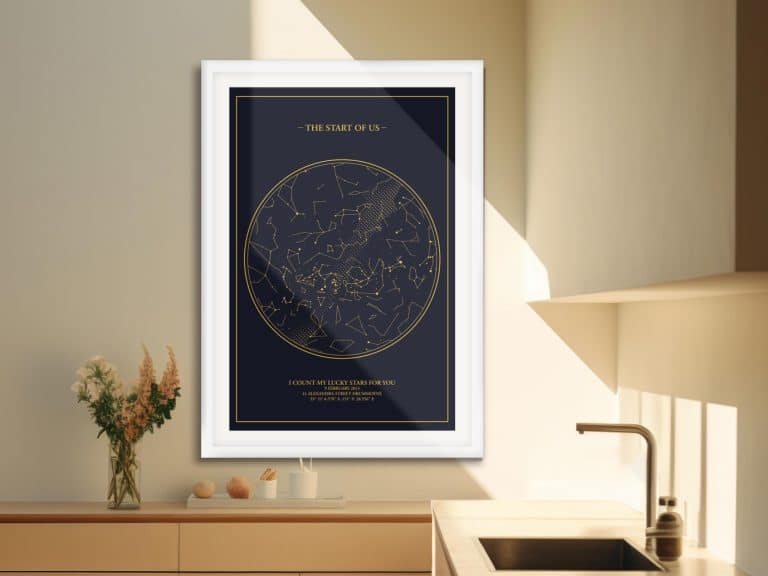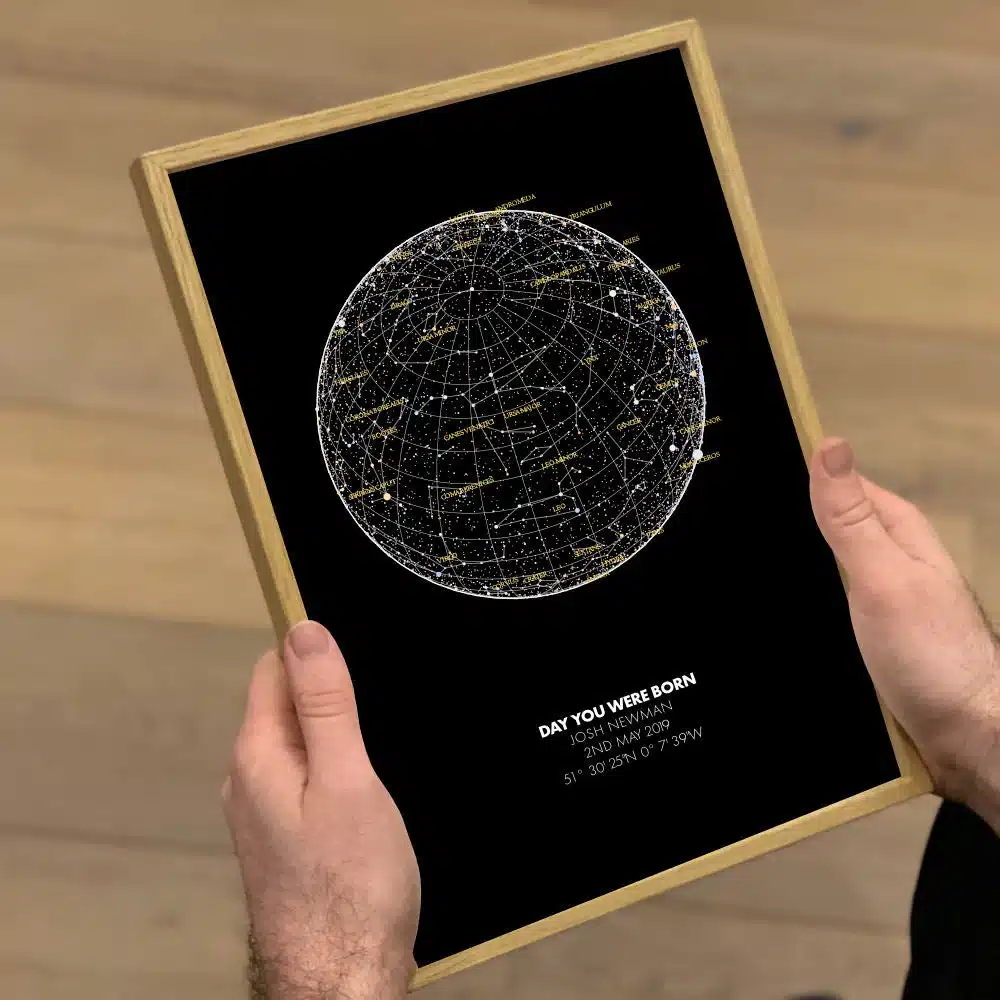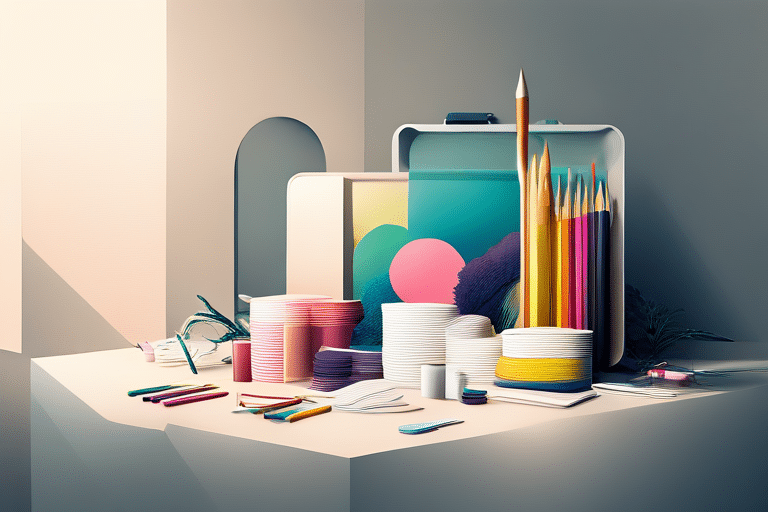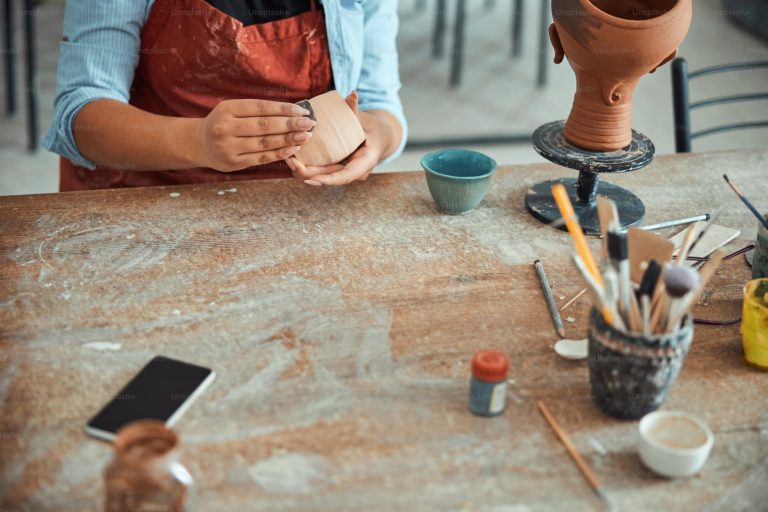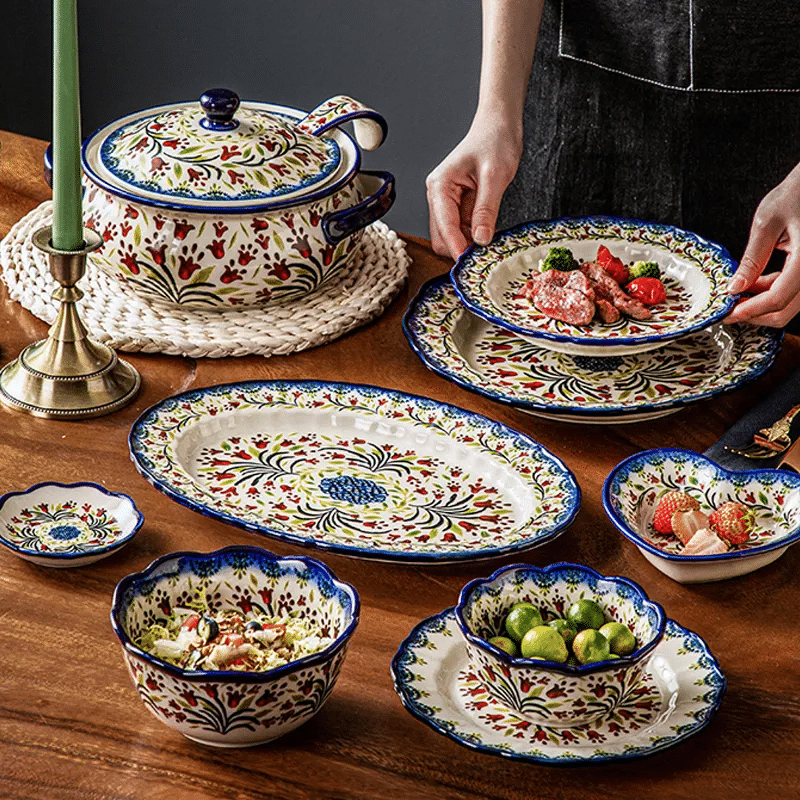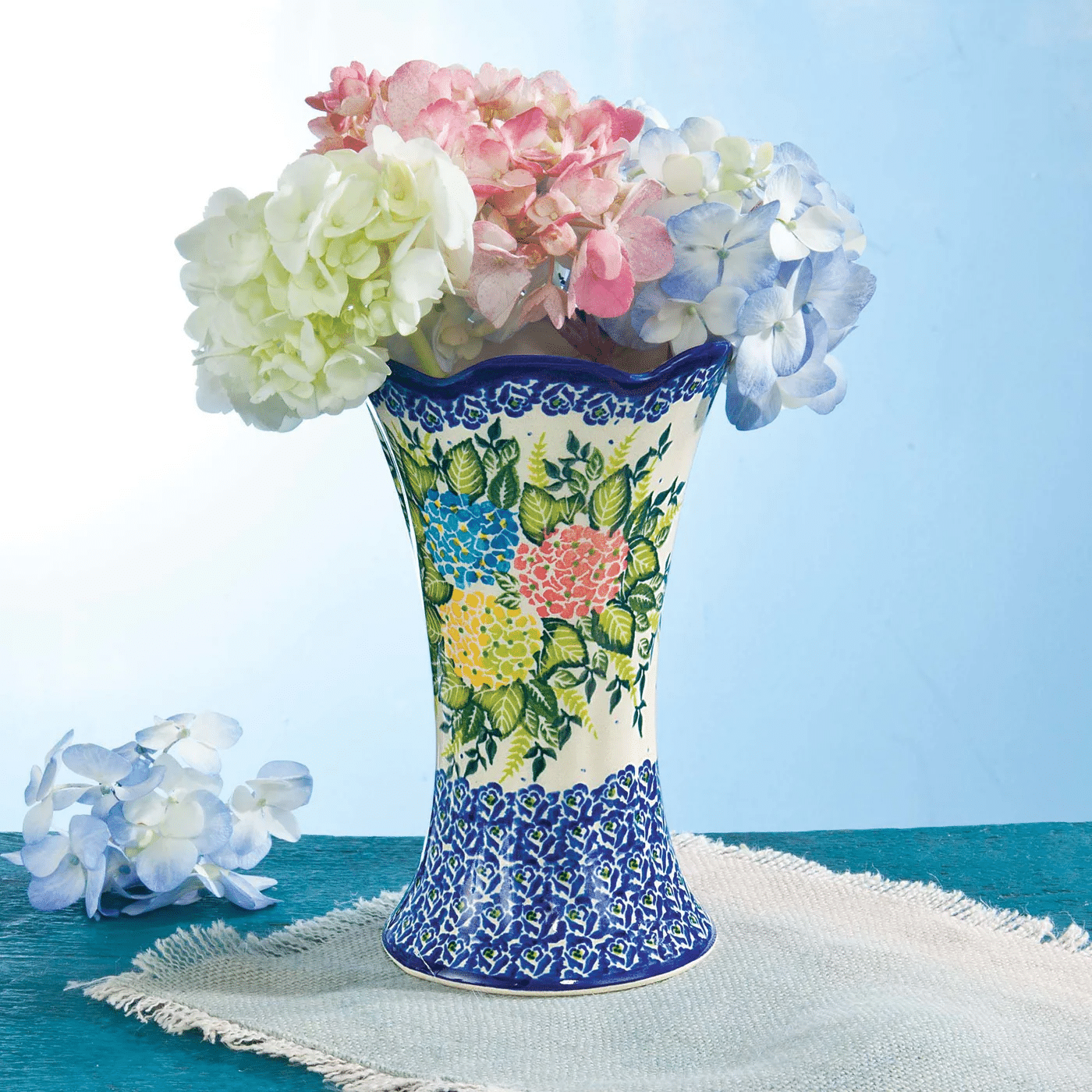Ever watched a kid’s face light up when they squish something squishy between their fingers?
That pure joy is exactly what pudding play-dough brings to the table. This isn’t your regular craft store clay. It’s something way more fun.
Pudding play-dough combines two things kids love: getting messy and sweet treats. The best part? Parents love it too because it’s completely safe if little ones decide to taste.
This colorful, stretchy creation feels incredible in tiny hands. It smells like dessert and provides hours of entertainment. Plus, making it together becomes a memory worth keeping.
If it’s a rainy afternoon activity or a birthday party hit, pudding, play-dough never disappoints. It’s simple to make with ingredients most families already have at home.
Ready to create some edible fun?
What is Pudding Play-Dough
Pudding playdough is an edible, sensory play material made by combining instant pudding mix with powdered milk or flour to create a moldable, dough-like texture.
This safe alternative to traditional playdough allows young children to find tactile experiences without safety concerns if accidentally ingested.
The mixture typically uses vanilla or chocolate pudding powder mixed with enough dry ingredients to achieve a pliable consistency that can be shaped, rolled, and molded like regular playdough.
Popular among parents and educators, playdough provides hands-on learning opportunities that engage multiple senses. It’s particularly beneficial for toddlers who tend to put objects in their mouths during play, providing caregivers with peace of mind.
Ingredients Needed for Pudding Playdough
Making pudding play-dough requires just a few simple ingredients from your kitchen pantry.
These basic items come together to create something magical that kids love. No fancy supplies or special orders needed. Everything is probably sitting in your cupboard right now.
1. Instant Pudding Mix (1 box)
2. Cornstarch (1 cup)
3. Vegetable Oil (2 tablespoons)
4. Food Coloring (optional)
Step-by-Step Recipe for Pudding Playdough
Making pudding play-dough is easier than baking cookies. Follow these simple steps and you’ll have perfect, squishy fun in just minutes. Take your time with each step to get the best results.
Kids can help with almost every part of this process.
1. Mix the Dry Ingredients First
Pour the instant pudding mix and cornstarch into your large mixing bowl. Use a whisk or spoon to blend them thoroughly before adding any wet ingredients.
This prevents lumps from forming later in the process. Make sure there are no clumps of cornstarch hiding in the mixture.
2. Add Oil Slowly While Stirring
Drizzle the vegetable oil into the dry mixture a little at a time. Stir constantly as you pour to help everything combine evenly.
Adding oil too quickly can make the mixture clumpy or uneven. Keep stirring until the texture starts looking like wet sand or cookie crumbs.
3. Knead the Mixture
Once the ingredients start clumping together, it’s time to use your hands. Press and fold the mixture until it forms a smooth ball of dough.
This step takes a few minutes of patient kneading. The warmth from your hands helps everything blend perfectly.
4. Add Food Coloring if Desired
Drop a few drops of food coloring onto the finished dough. Knead it in thoroughly until the color spreads evenly throughout.
Start with less color than you think you need since it’s easier to add more. Wash your hands between different colors to keep them from mixing.
Safety Tips for Pudding Play-Dough
Even though pudding play-dough is safe to eat, following a few simple guidelines keeps everyone happy and healthy. These tips help prevent messes and ensure the best playtime experience.
Smart preparation makes the whole activity more enjoyable for kids and parents alike.
| Safety Tip | Why It Matters | What To Do |
|---|---|---|
| Wash your hands before and after | Keeps germs away from edible play-dough | Use soap and warm water for 20 seconds |
| Supervise young children | Prevents overeating and choking | Stay nearby during playtime |
| Store in the refrigerator | Keeps play-dough fresh and safe | Use an airtight container, lasts 3-5 days |
| Check for allergies | Avoids reactions to pudding ingredients | Read labels before starting |
| Clean surfaces after use | Prevents sticky residue buildup | Wipe down tables and counters |
Following these safety guidelines ensures everyone has fun without any worries. Remember that even safe ingredients work best when used responsibly and with adult guidance nearby.
Fun Variations to Try with Pudding Playdough
The basic pudding play-dough recipe opens up a world of creative possibilities for never-ending fun. Simple additions and flavor swaps can change ordinary play-dough into extraordinary sensory experiences.
These exciting variations keep kids engaged and help spark their imagination in new ways. Each twist brings something special to playtime while maintaining the same safe, edible qualities parents love.
1. Sparkly Glitter Play-Dough
Add a pinch of edible glitter or cake decorating sparkles to make the play dough shimmer and shine. The tiny sparkles catch the light beautifully and make everything feel more magical during play.
Kids love watching their creations twinkle as they mold and shape their glittery masterpieces.
2. Cookie Stamp Ideas
Use cookie cutters, toy stamps, or even clean household items to create fun patterns and shapes in the play dough. Press alphabet stamps, animal shapes, or geometric patterns into the soft surface to make lasting impressions.
This stamping activity helps develop fine motor skills while letting kids create personalized designs and practice letters or numbers.
3. Rainbow Creation
Make separate batches with different food coloring, then twist them together for marbled rainbow effects. The swirling colors create beautiful patterns that change as kids work and play with the dough.
This technique teaches color mixing while creating stunning visual effects that fascinate little artists.
4. Chocolate Chip Cookie Dough
Use chocolate pudding mix and add mini chocolate chips for a realistic cookie dough experience. The chips add interesting texture and make the play-dough feel more like real baking ingredients.
Kids can pretend to make cookies while enjoying the chocolatey smell and bumpy texture.
5. Glow-in-the-Dark Mystery Dough
Add a small amount of glow-in-the-dark powder (food-safe) to create play dough that lights up in the dark. Charge the dough under bright light, then turn off the lights to watch magical glowing creations appear.
This variation adds an element of science and wonder that makes bedtime play extra special and exciting.
Why Pudding Play-Dough is Perfect for Kids
Safety comes first with pudding play-dough. Unlike regular modeling clay, this treat won’t harm curious toddlers who love putting everything in their mouths. It’s made from simple kitchen ingredients that parents trust.
The sensory experience is incredible. Kids love the smooth, stretchy texture that feels completely different from regular play-dough.
The sweet vanilla or chocolate scent makes playtime even more enjoyable. Bright colors catch their attention and spark creativity.
Making it is surprisingly simple. Most families already have the basic ingredients at home. No special trips to craft stores needed. Kids can help mix and measure, turning the whole process into a fun learning experience.
This edible alternative gives parents peace of mind while children experiment with their imagination. It’s mess-friendly fun that everyone can enjoy together.
Conclusion
Pudding play-dough is a creative, safe, and fun activity. This simple recipe changes ordinary kitchen ingredients into hours of entertainment that kids love.
The best part is knowing that curious little taste-testers are completely safe while they experiment and create.
It’s perfect for rainy days, birthday parties, or any time you want to spark imagination. The memories made while squishing, rolling, and molding this sweet creation will last much longer than the play-dough itself.
Ready to get started? Gather your ingredients and dive into this delightfully messy fun. Don’t forget to share your experience in the comments below.
What fun variations did you add to your pudding play dough? We’d love to hear about your creative twists and see how much fun your family had!

